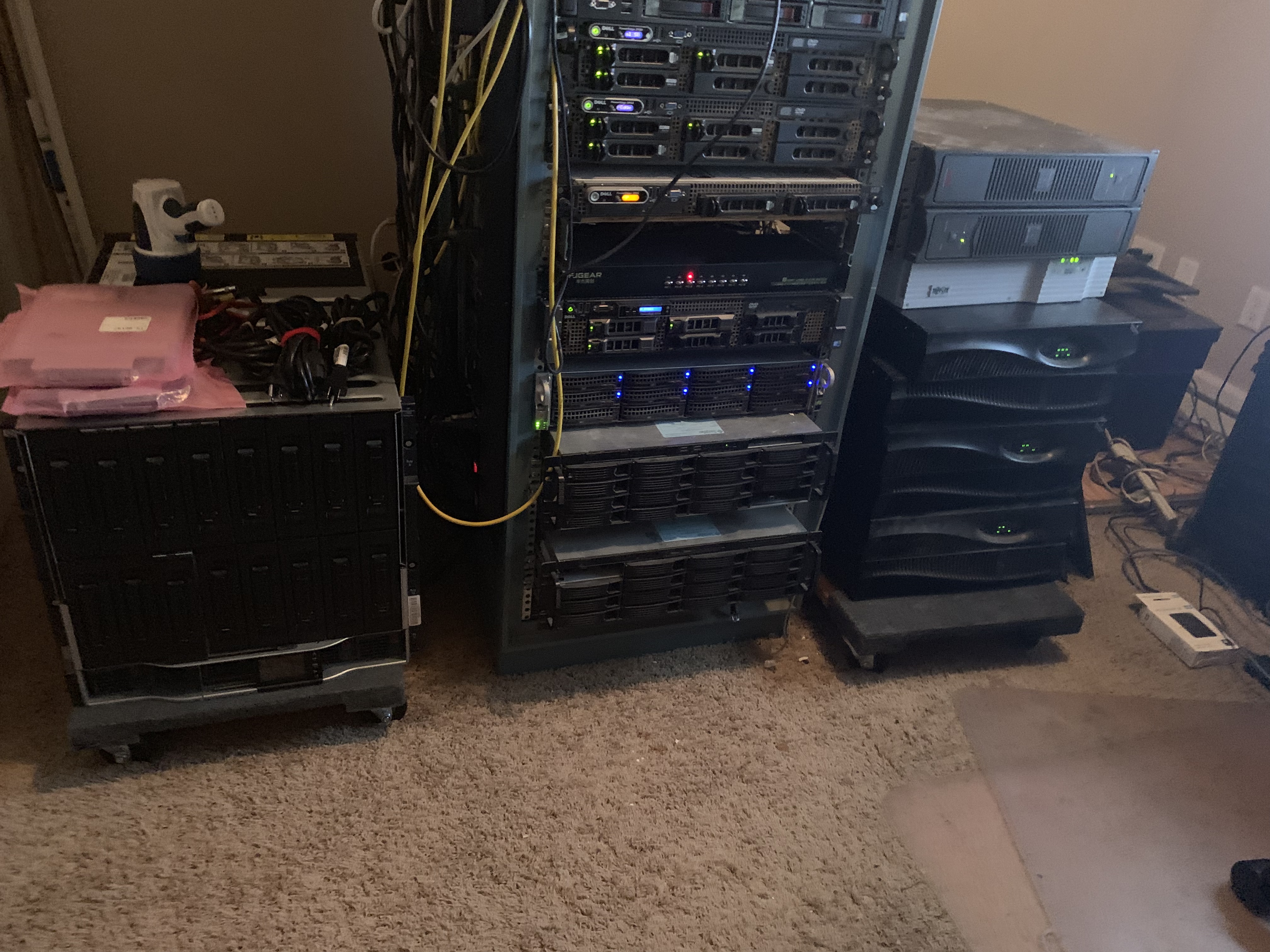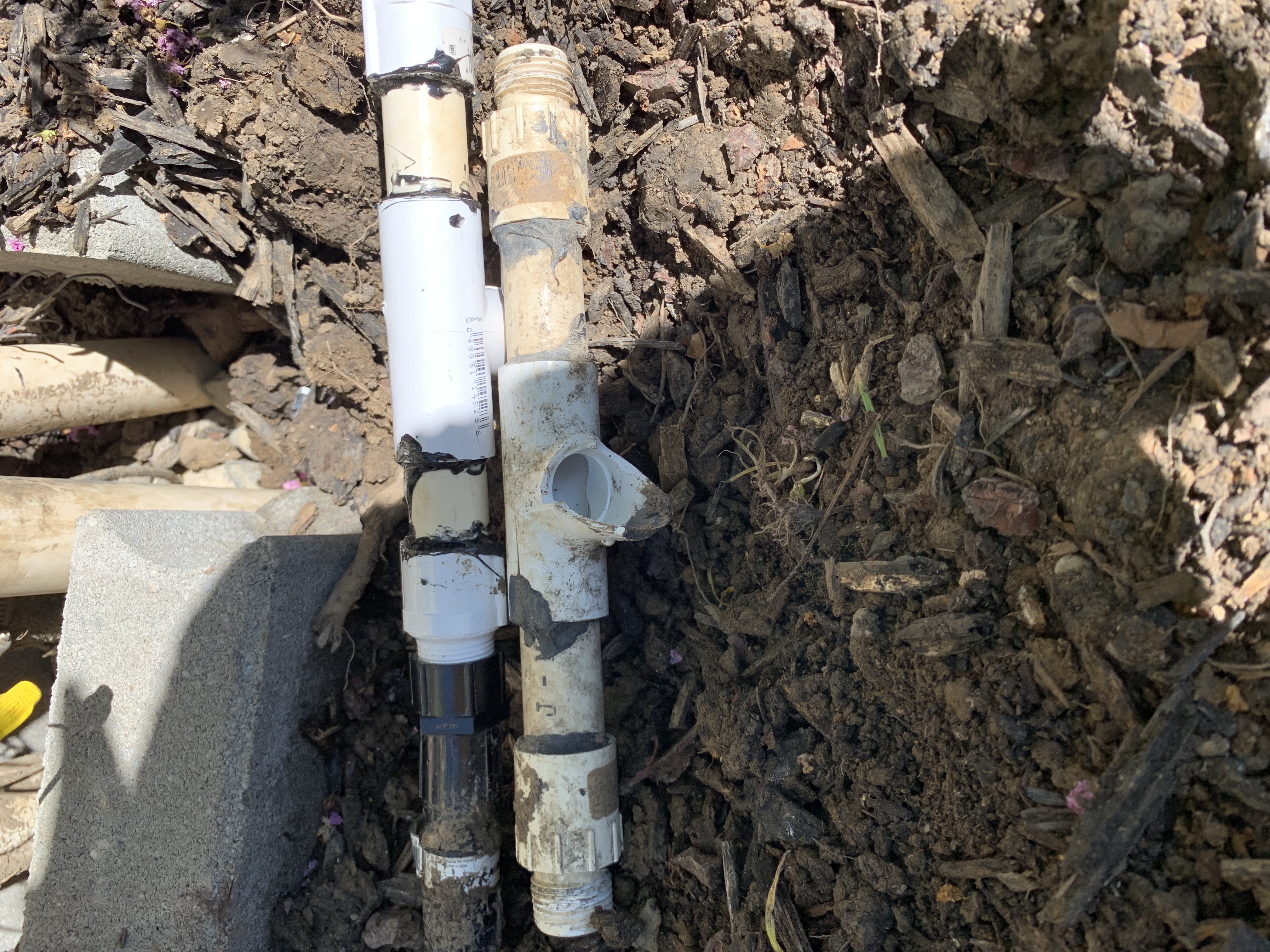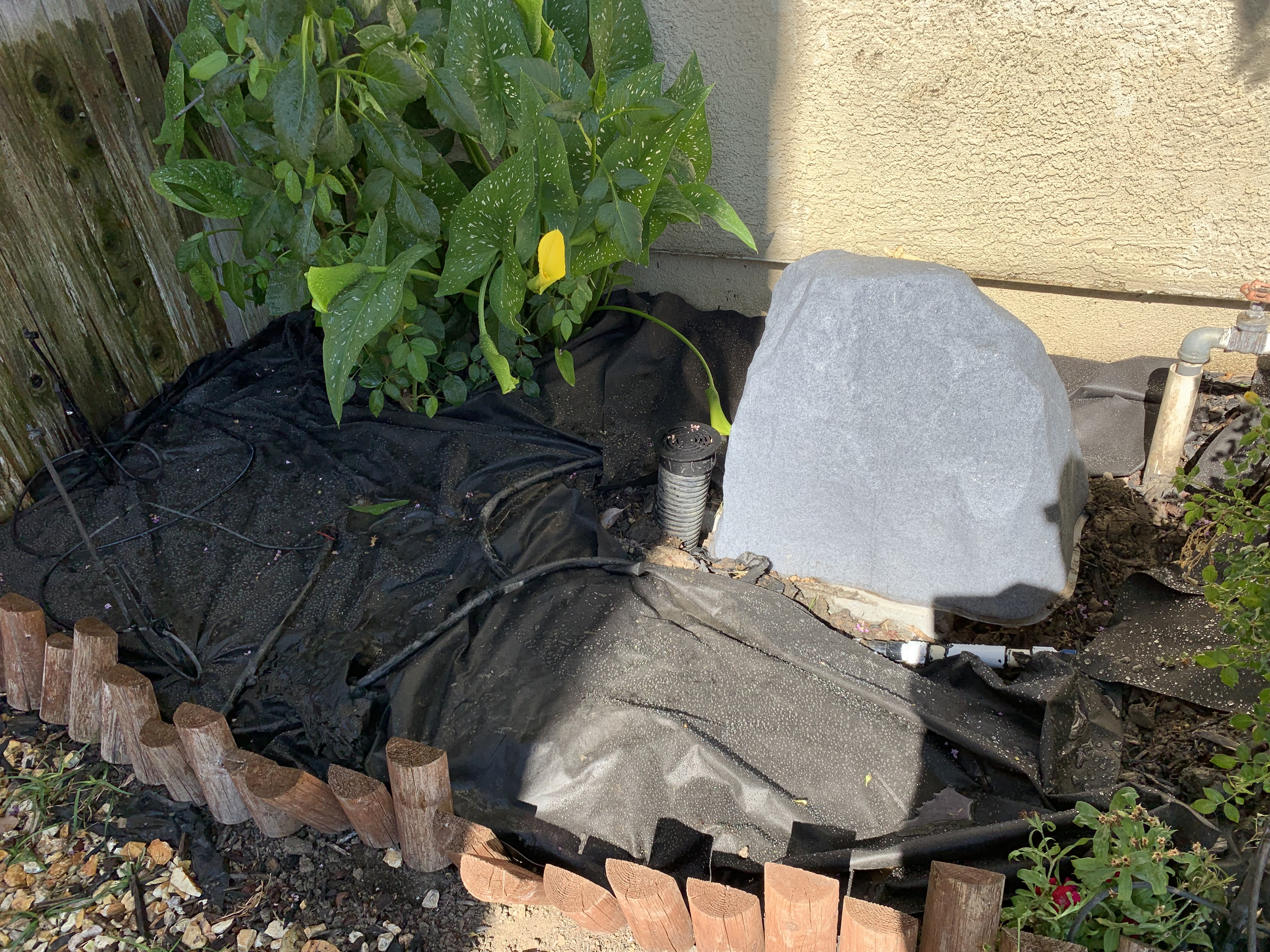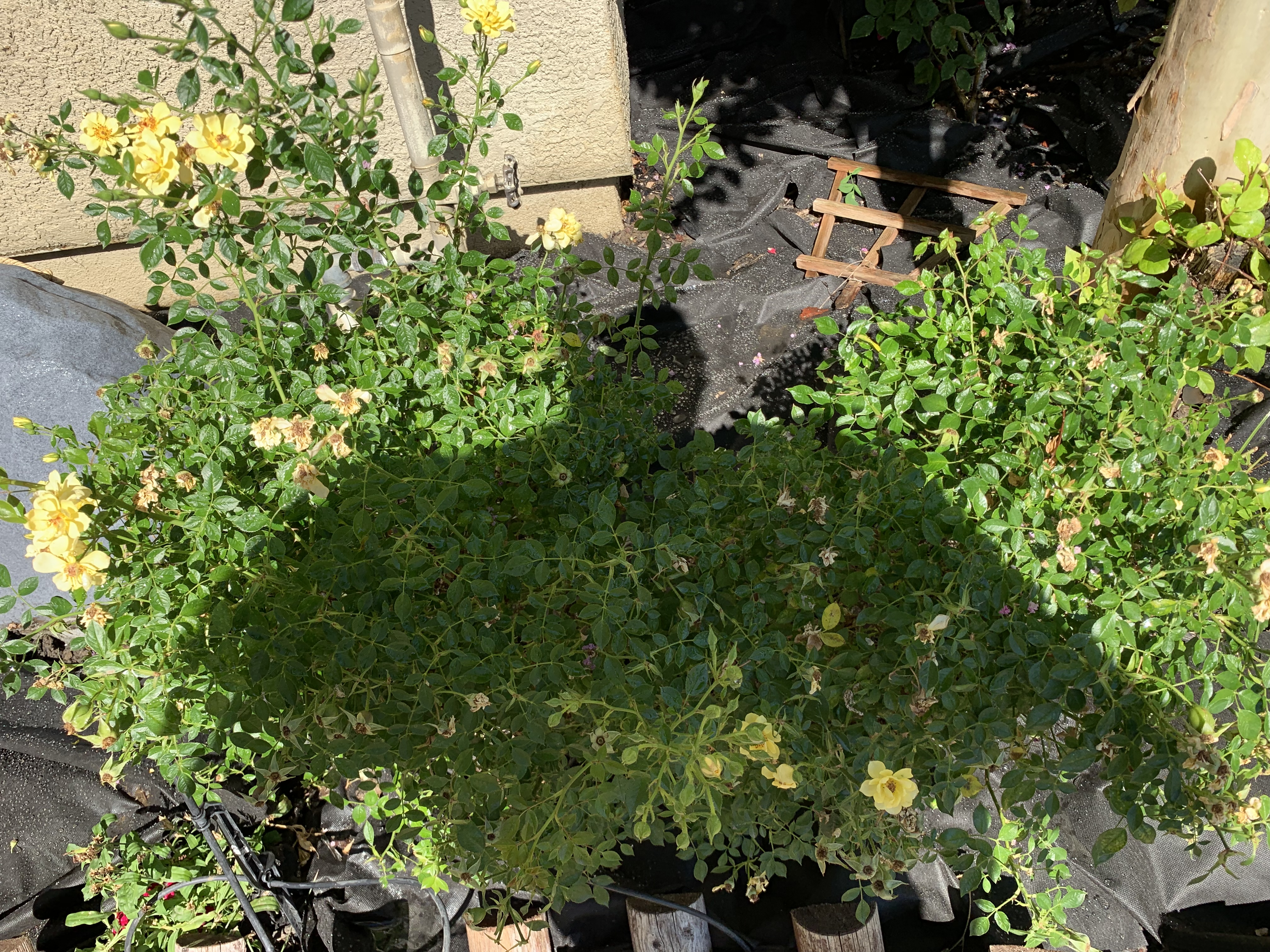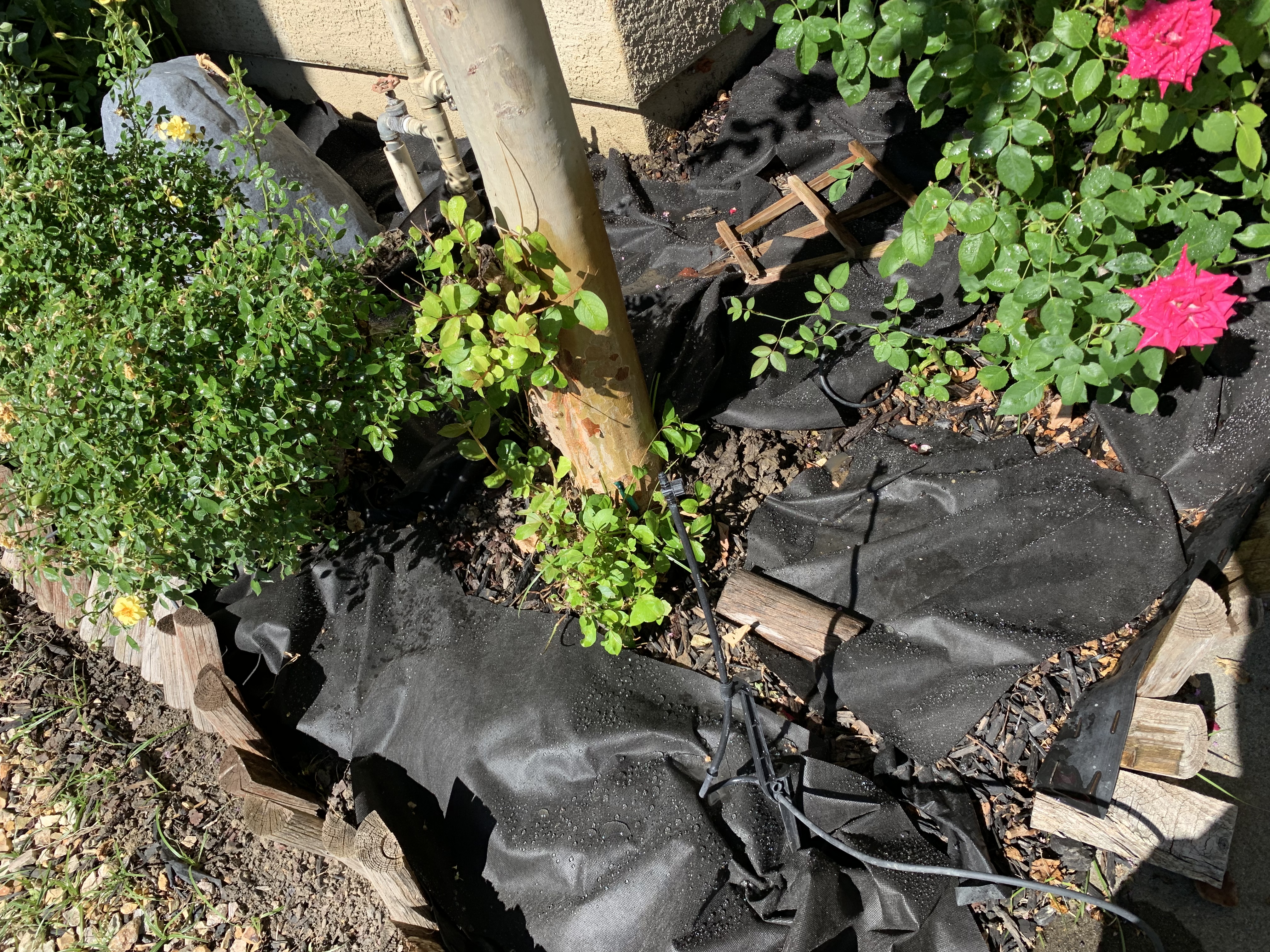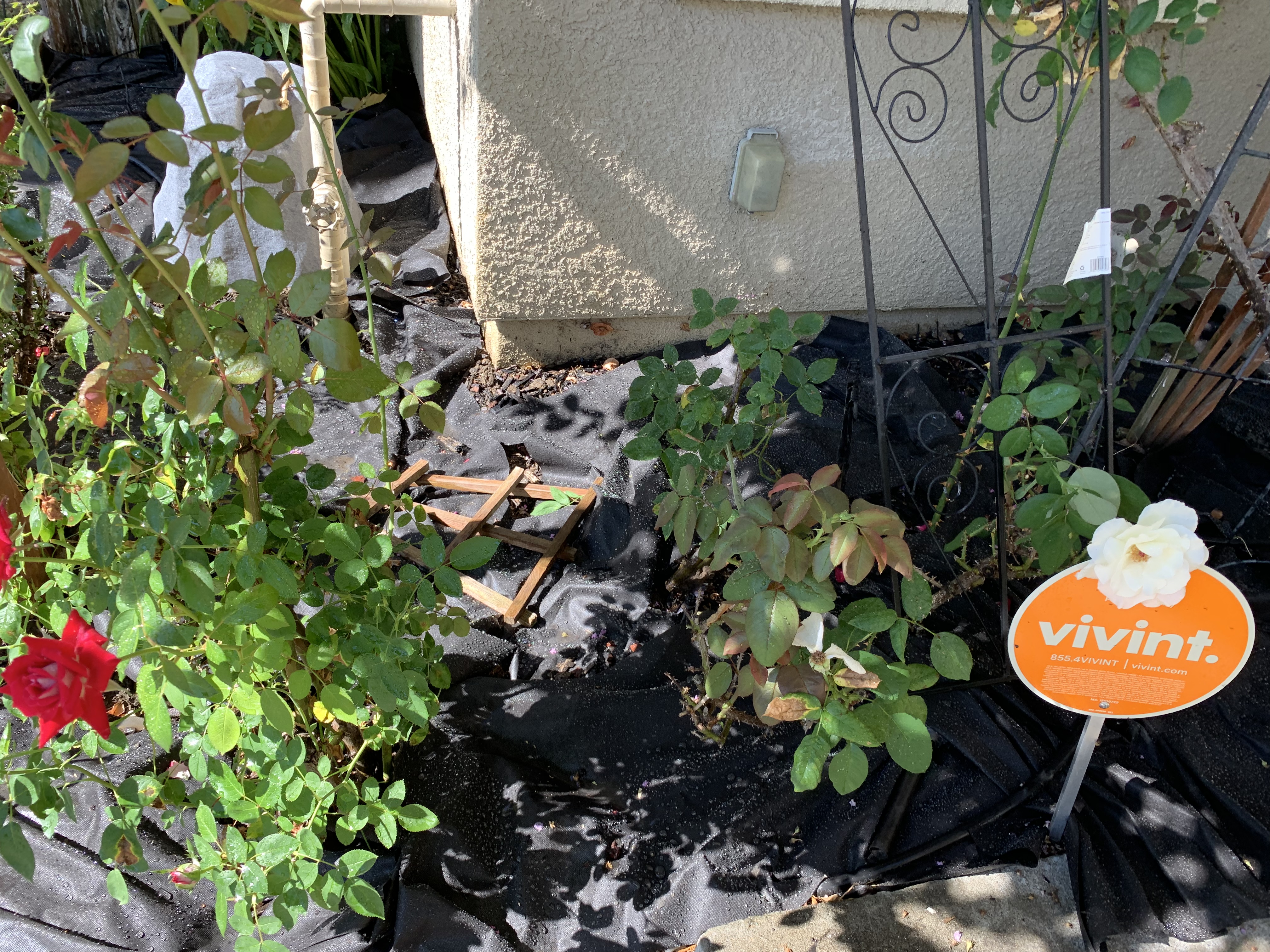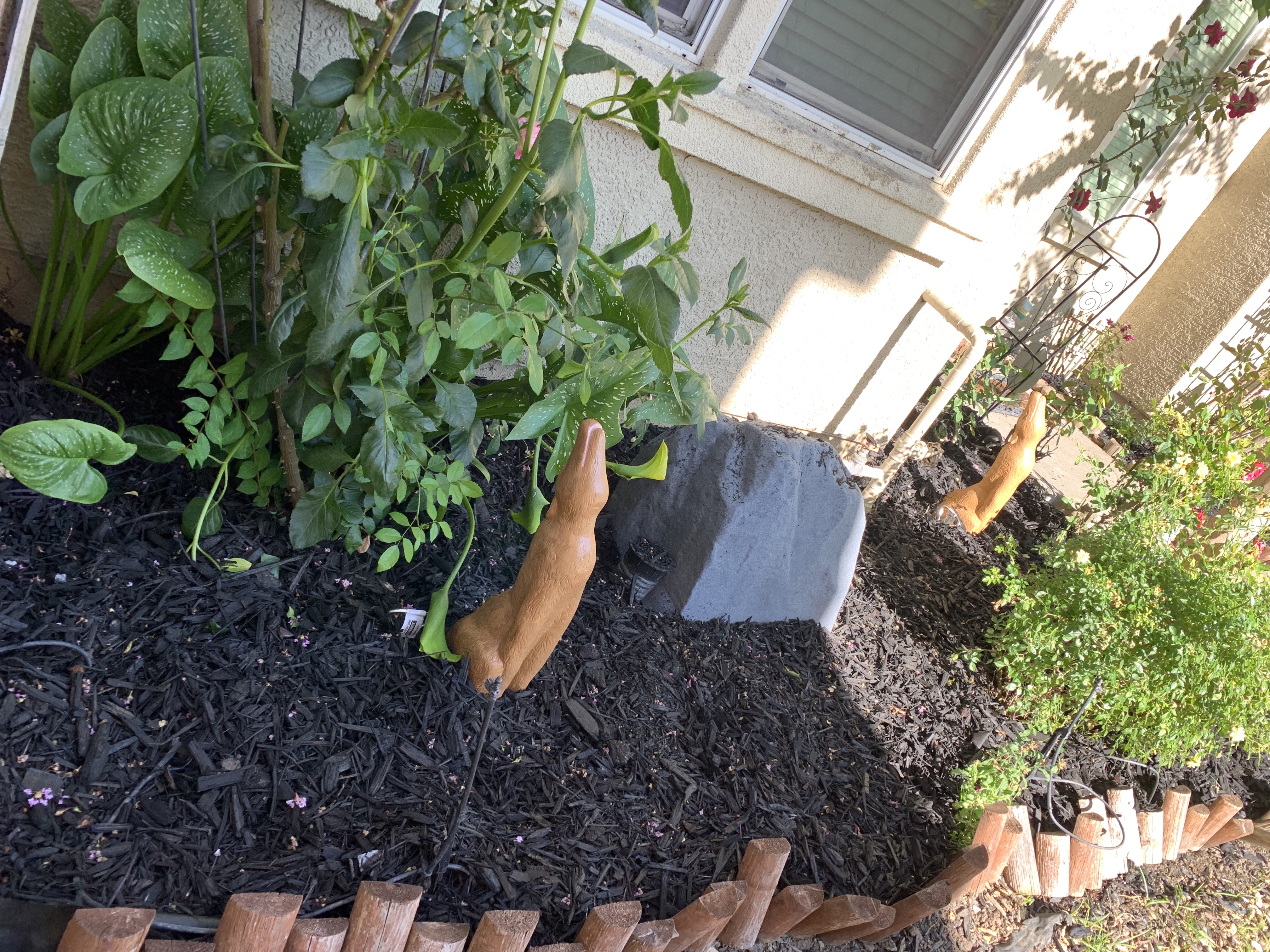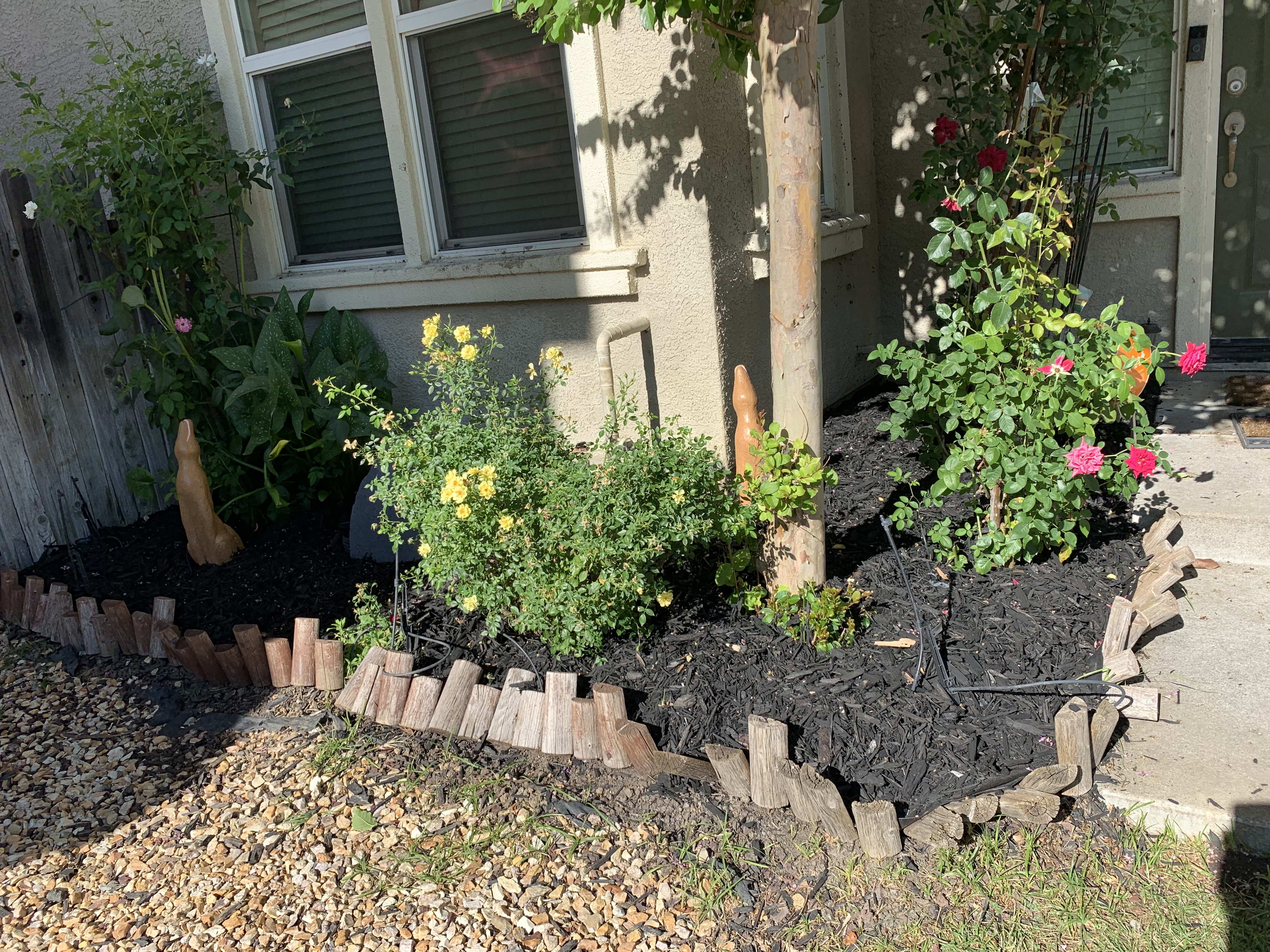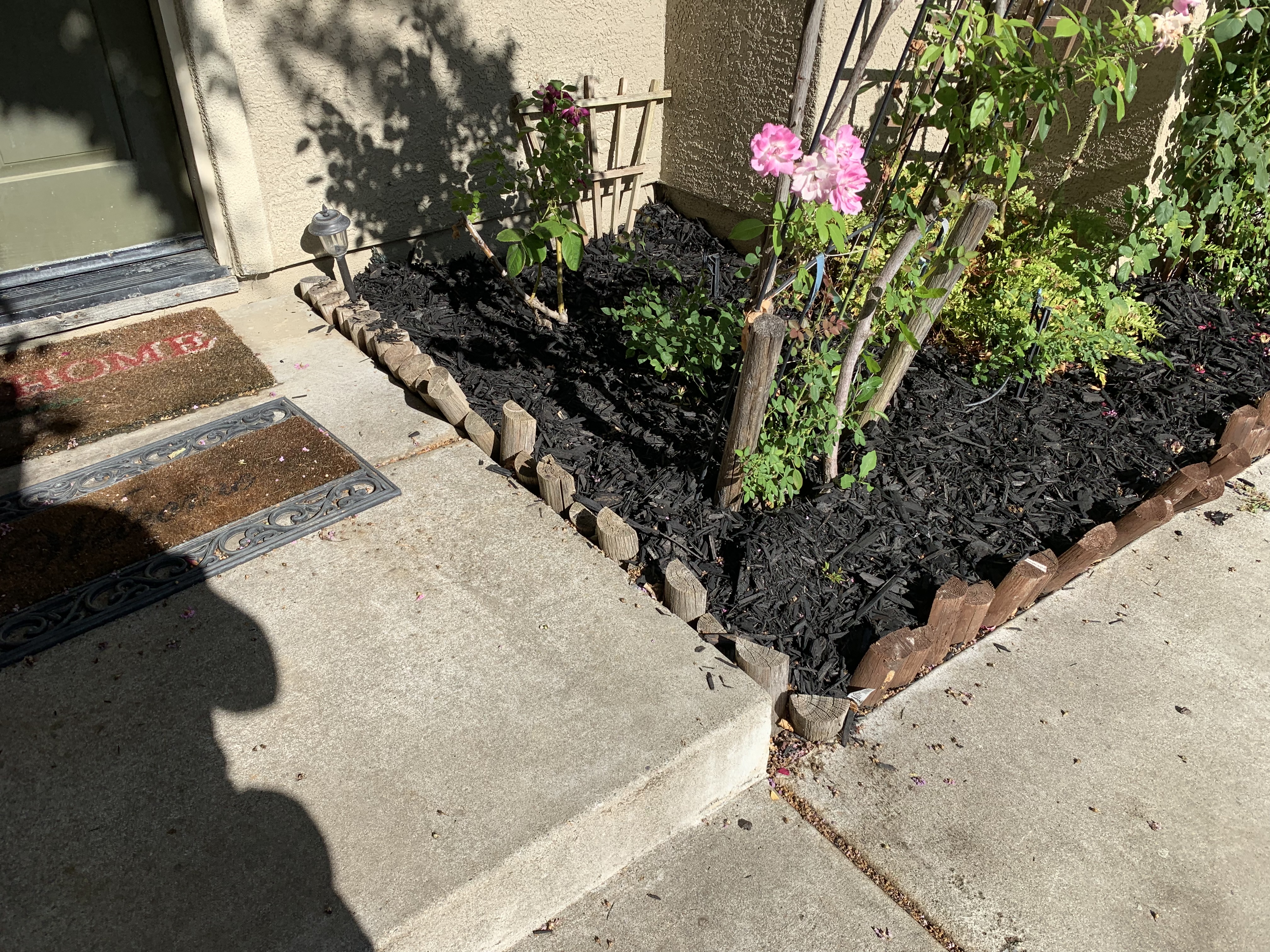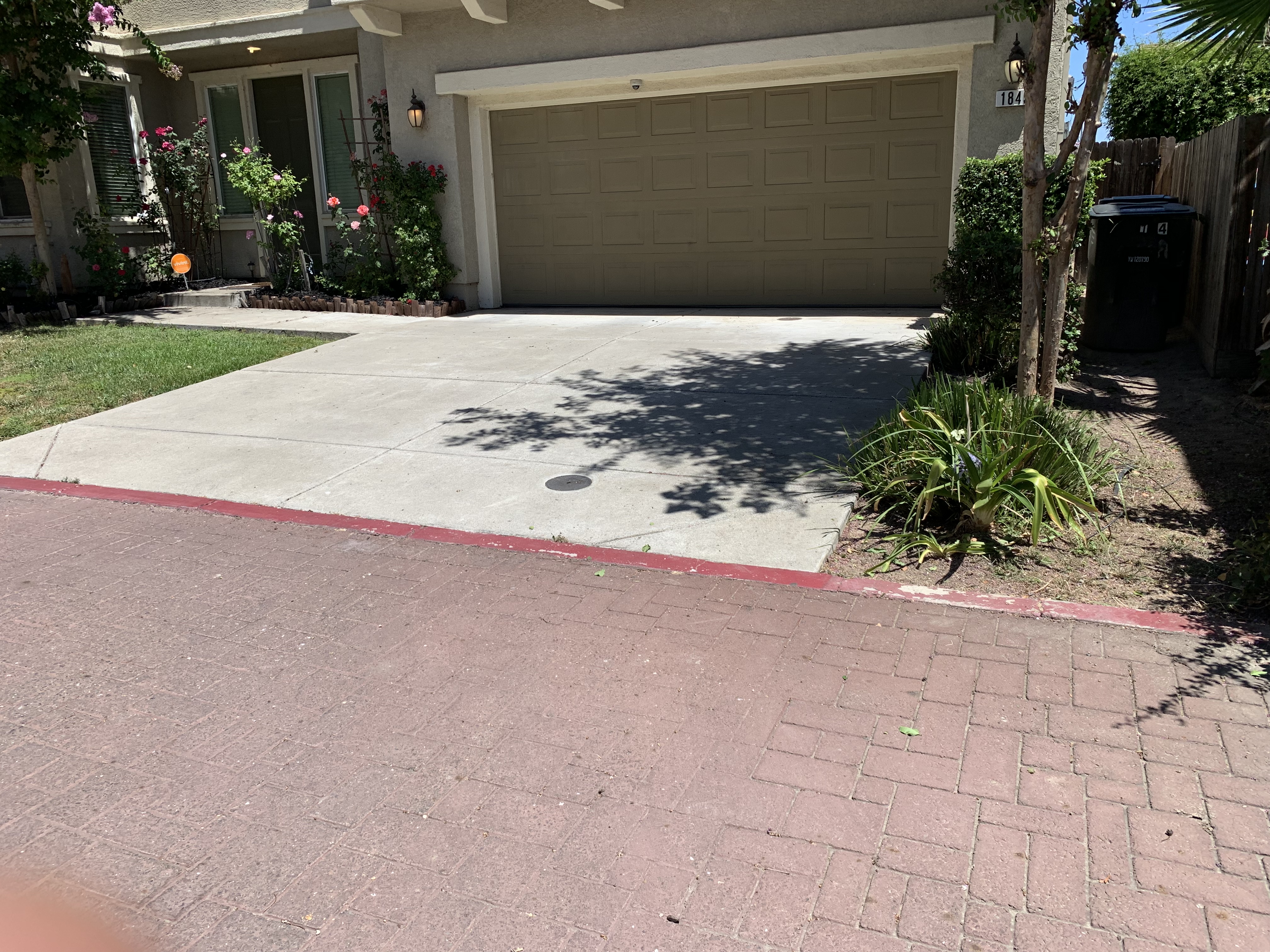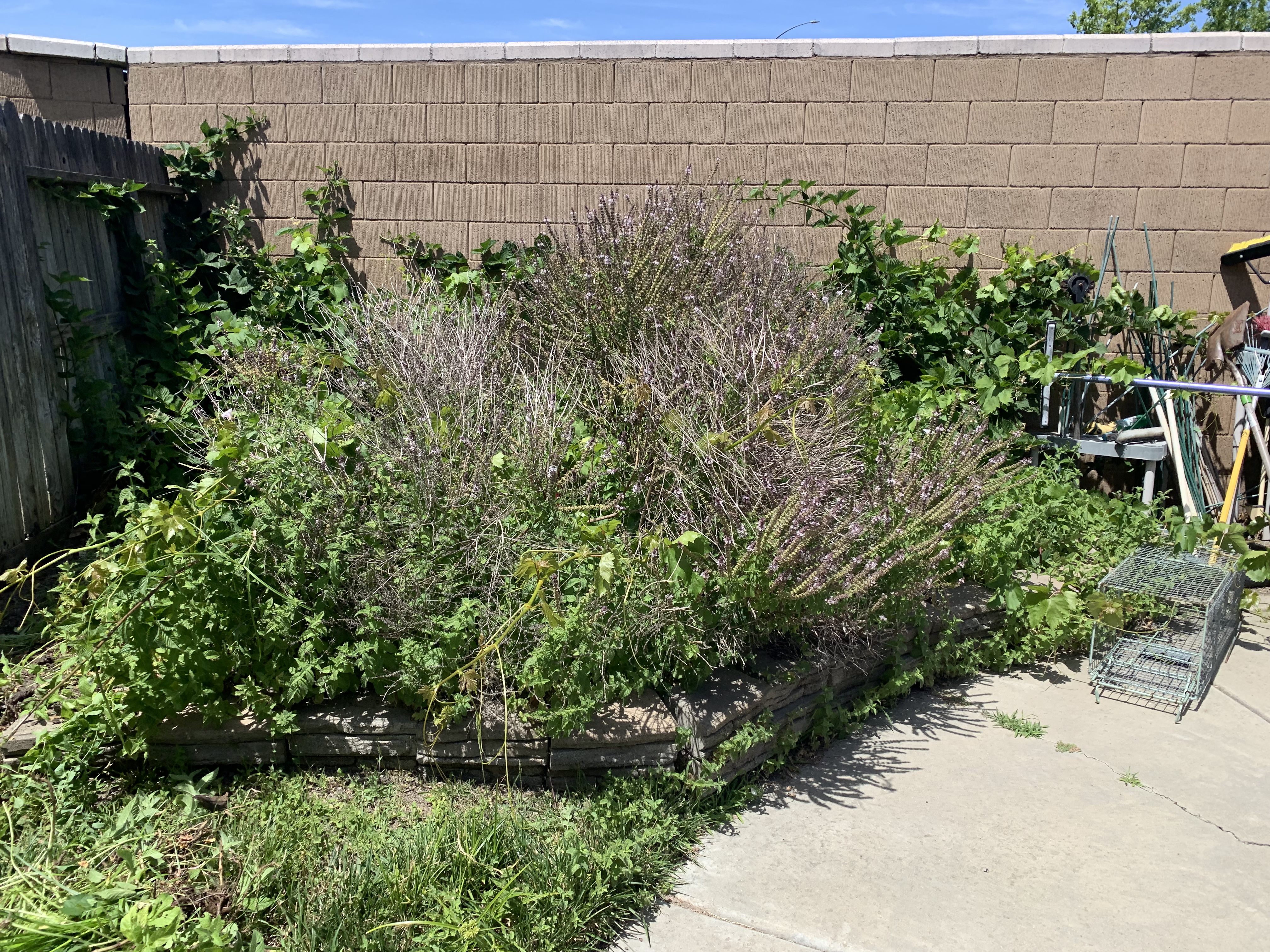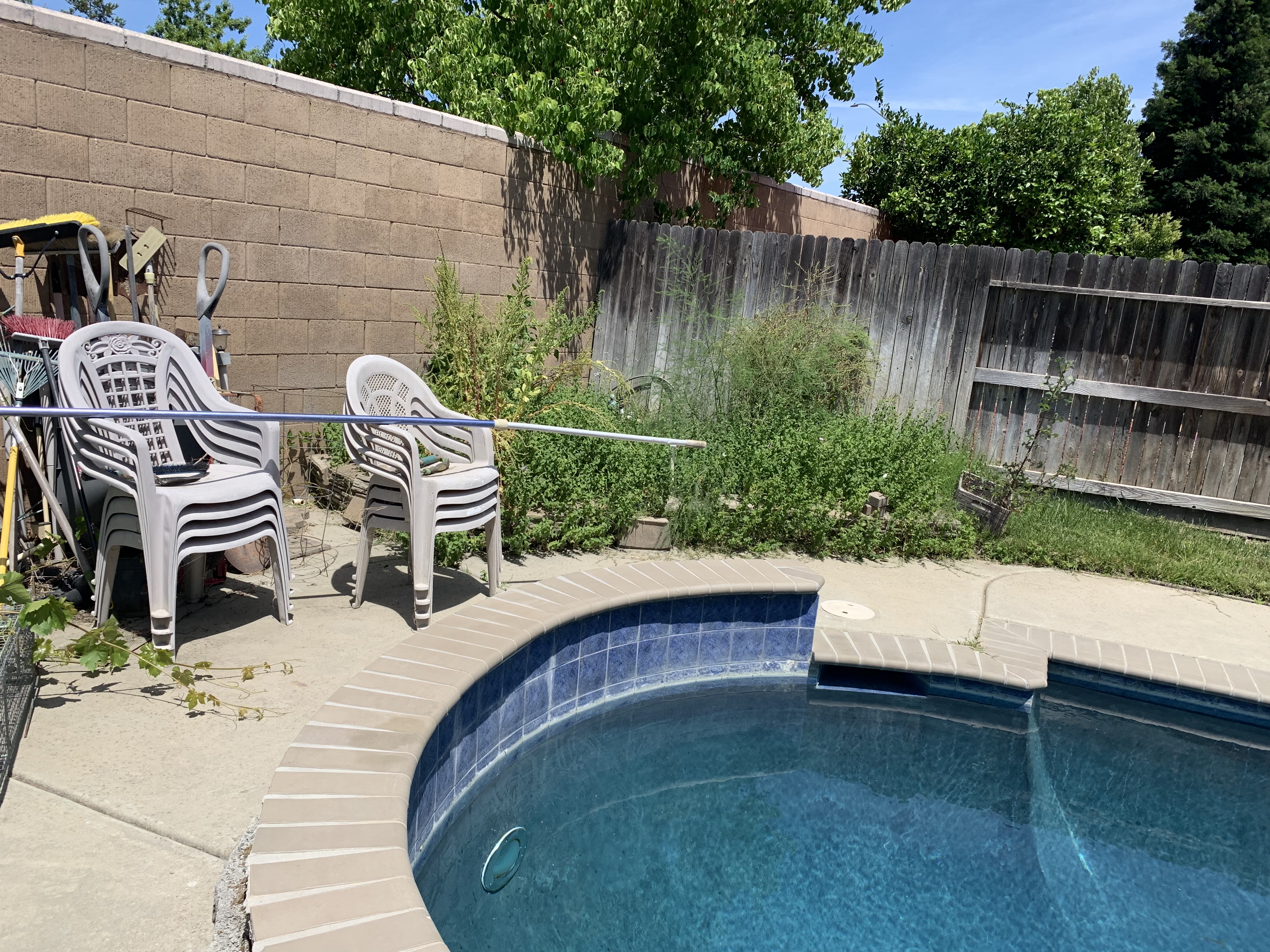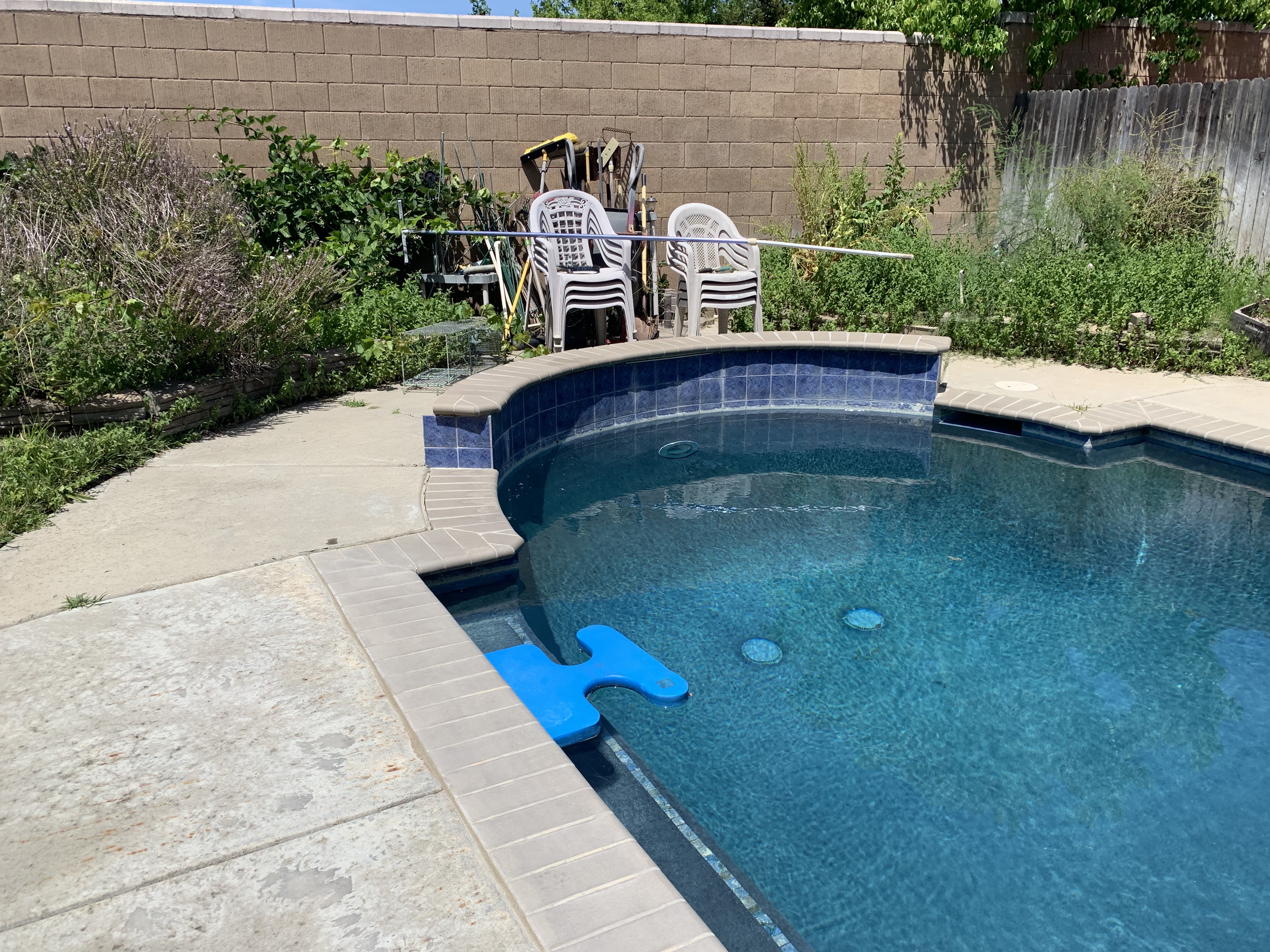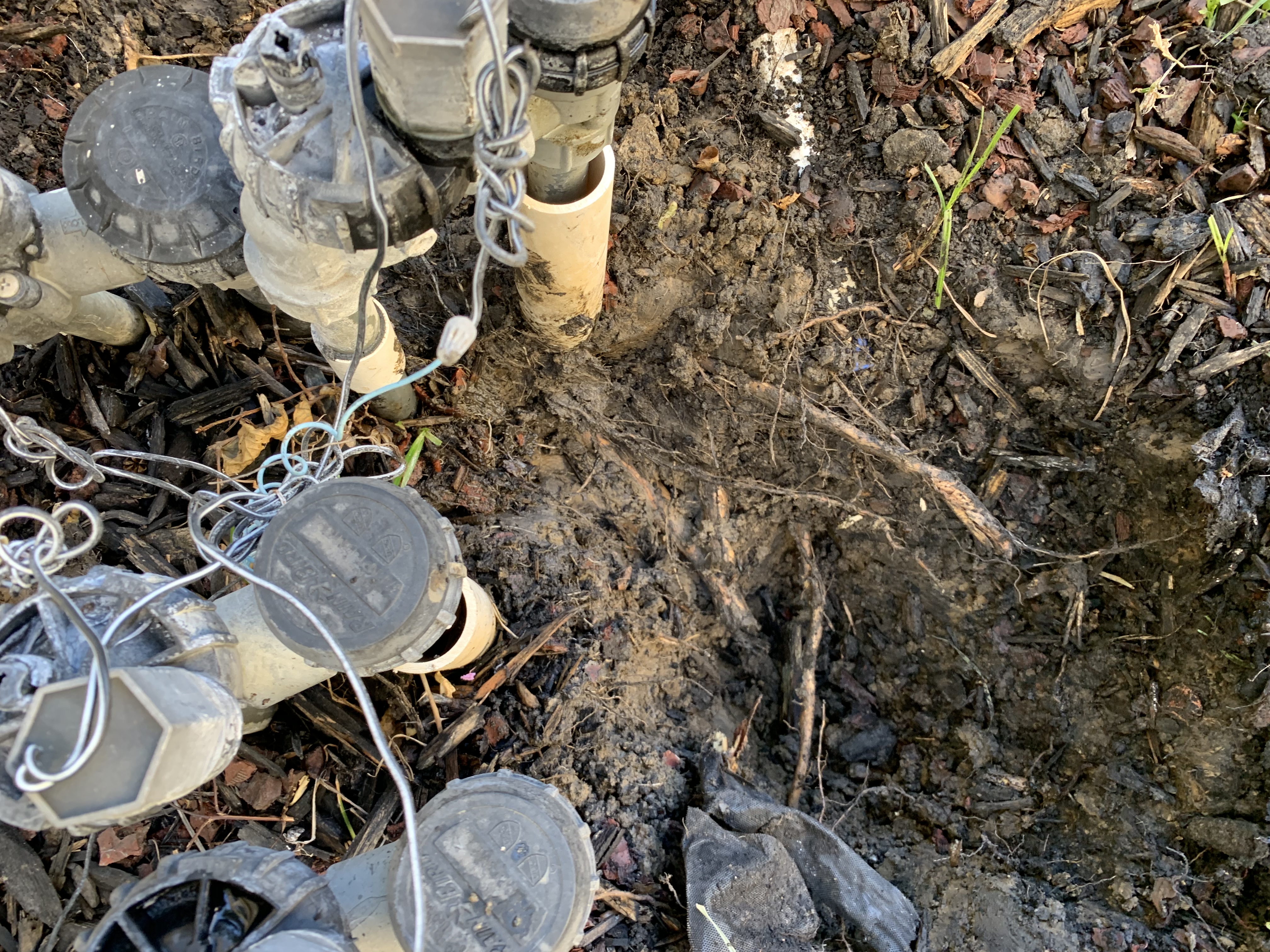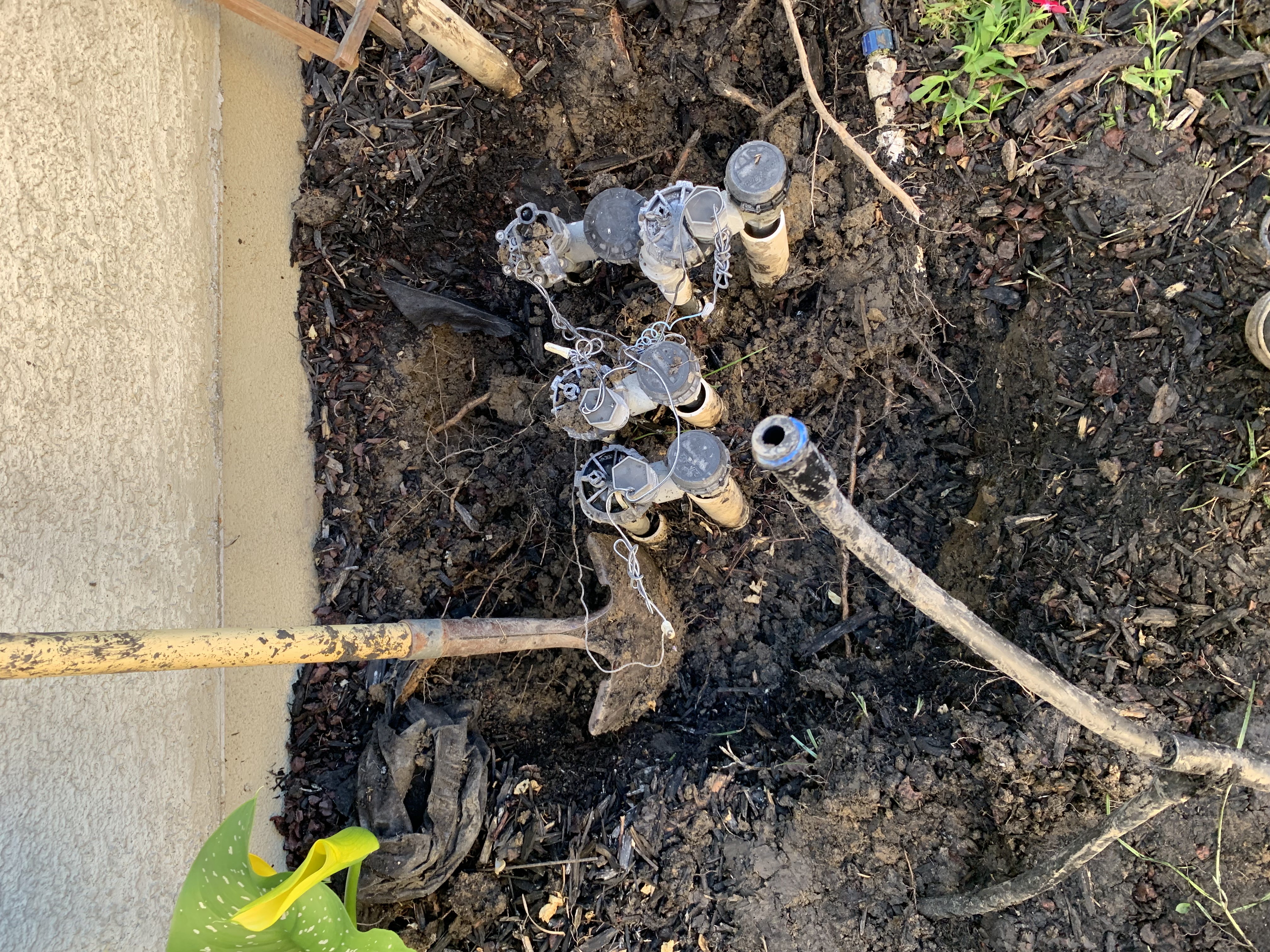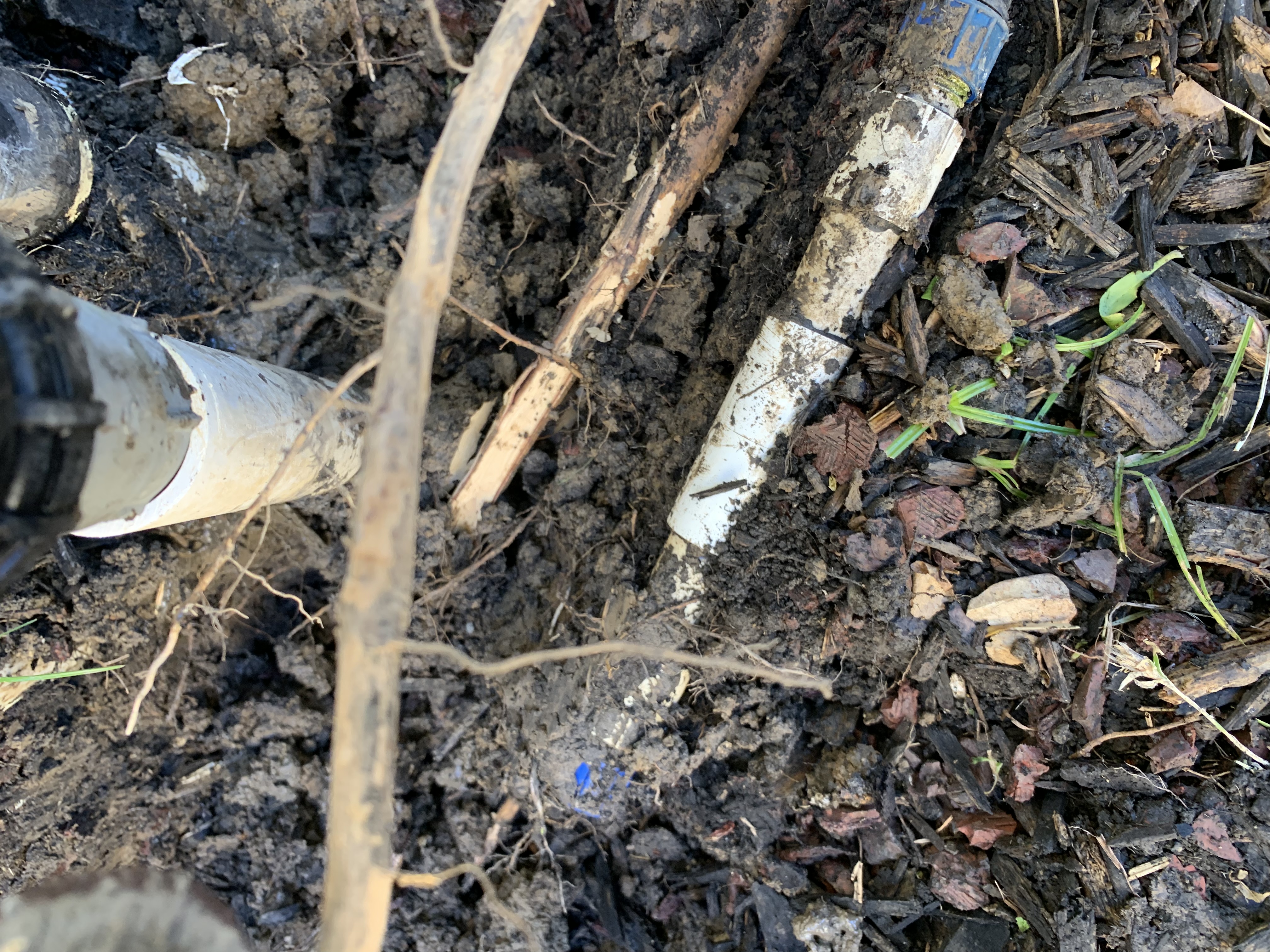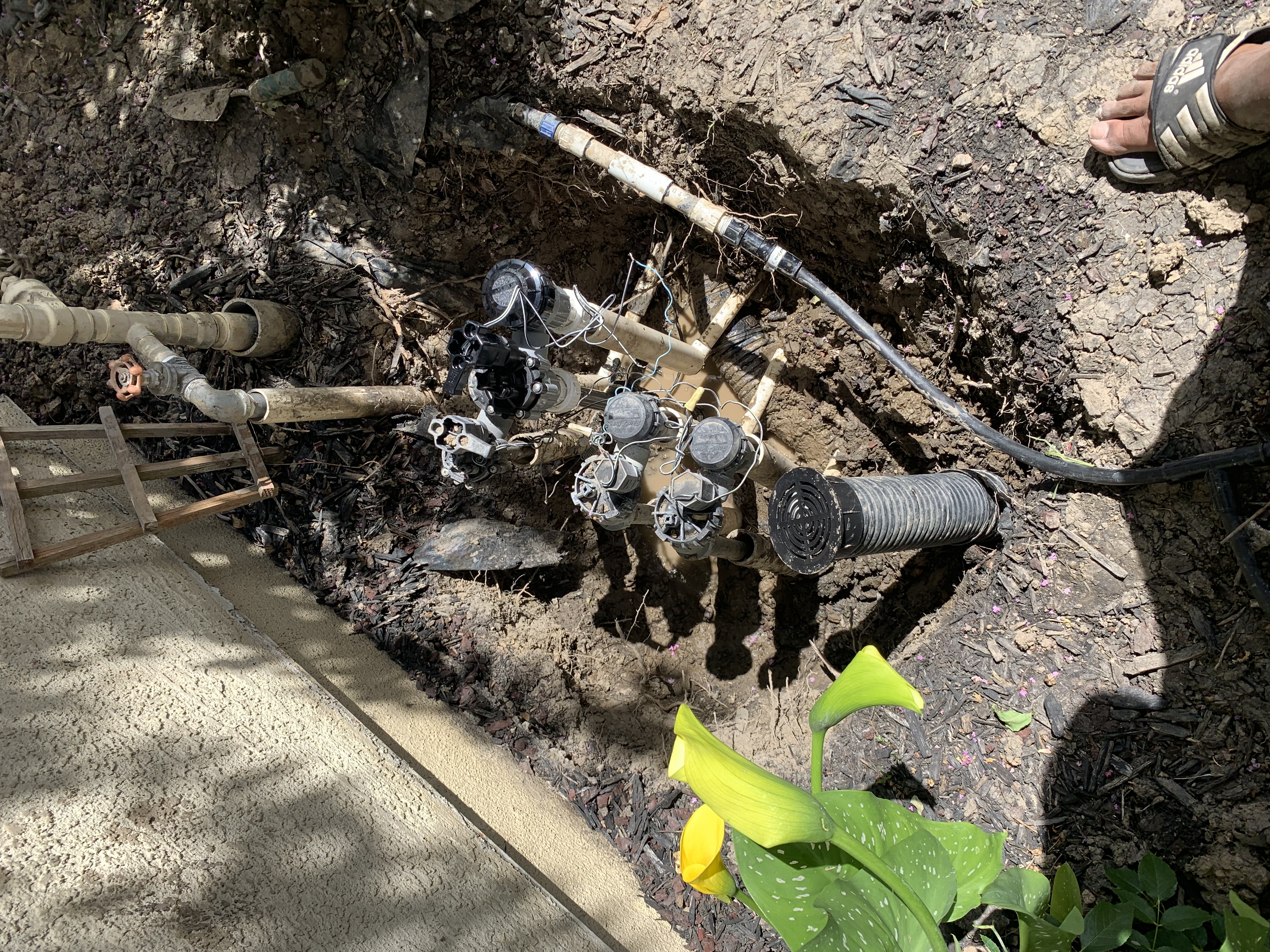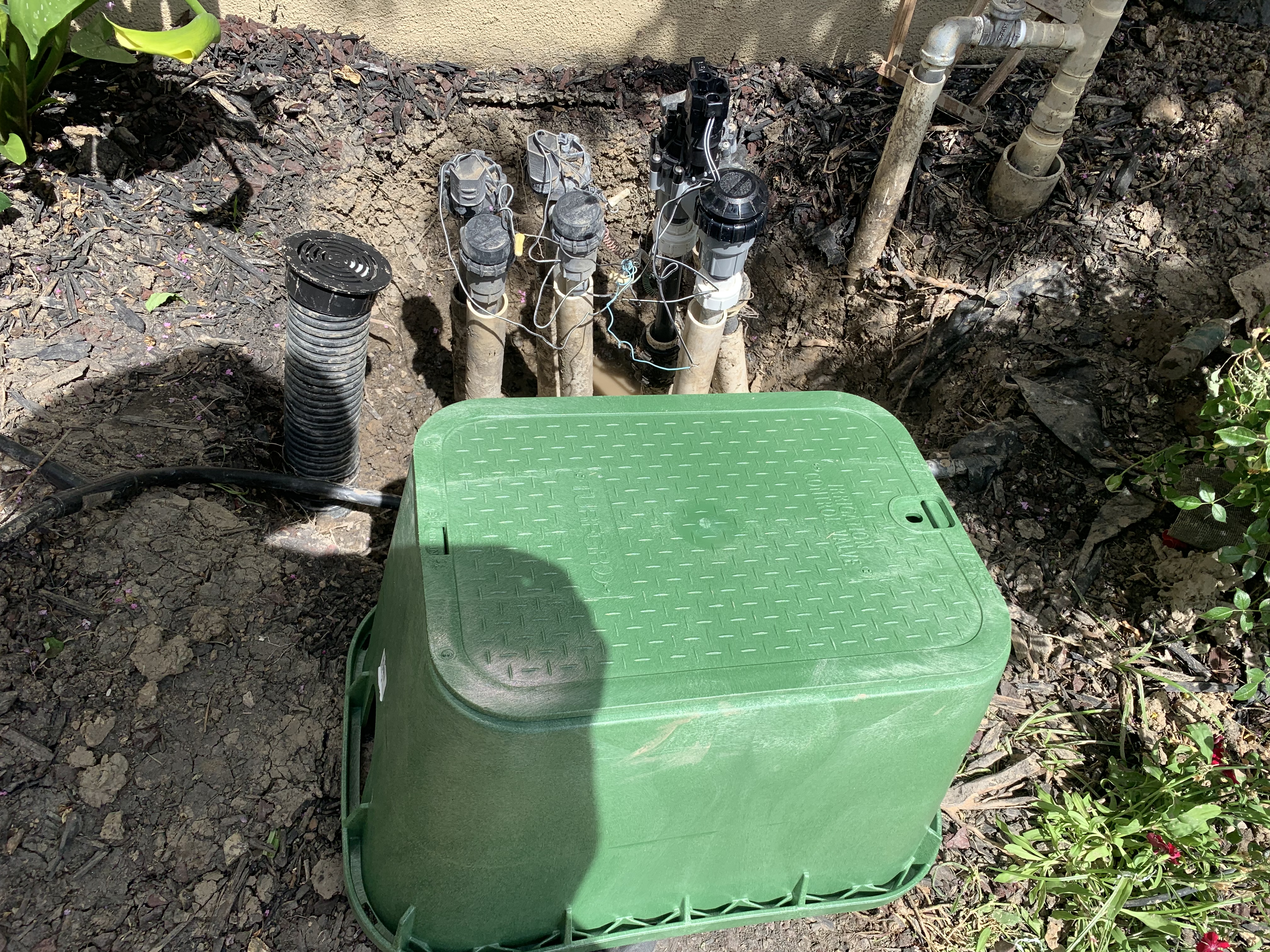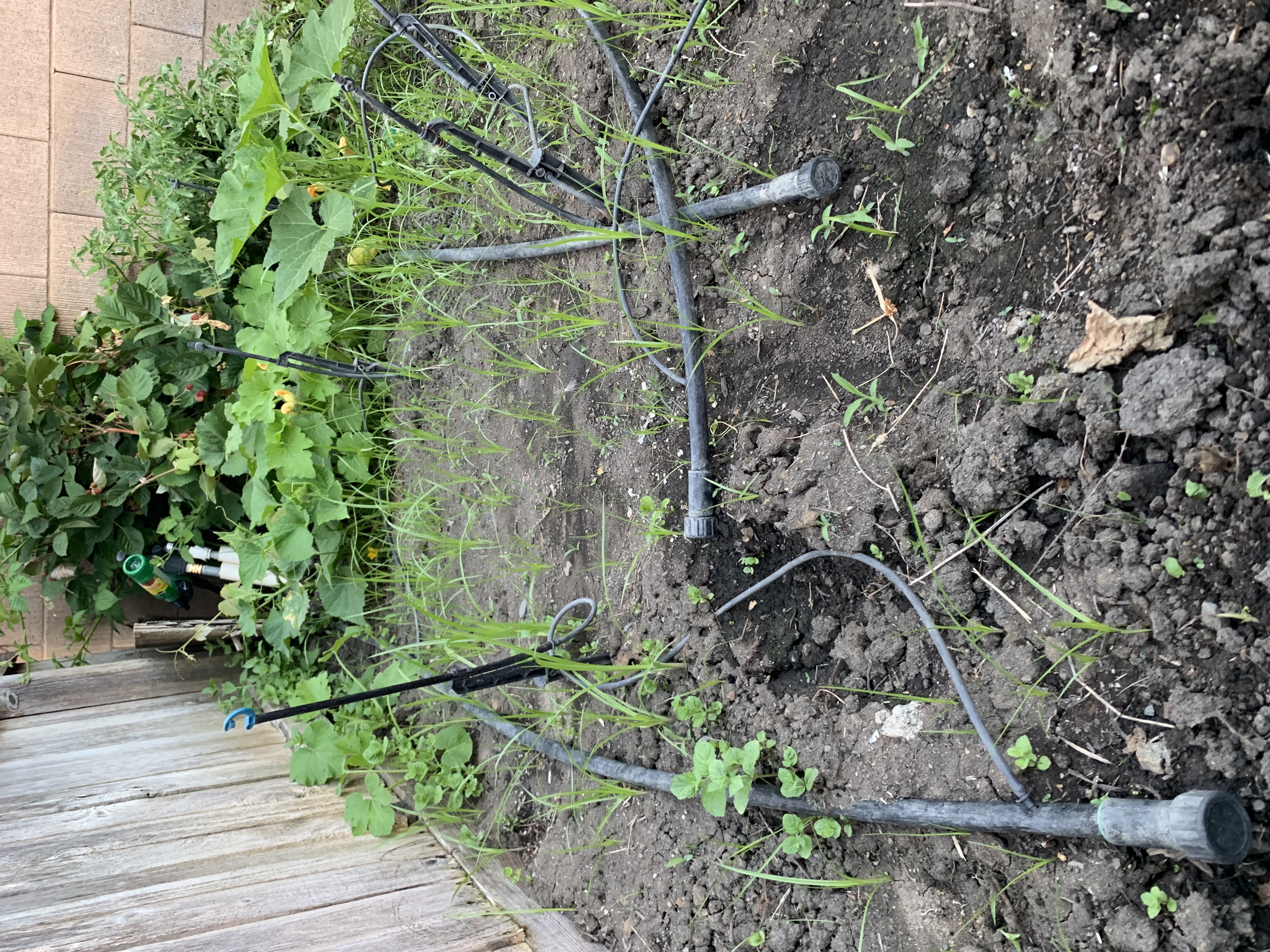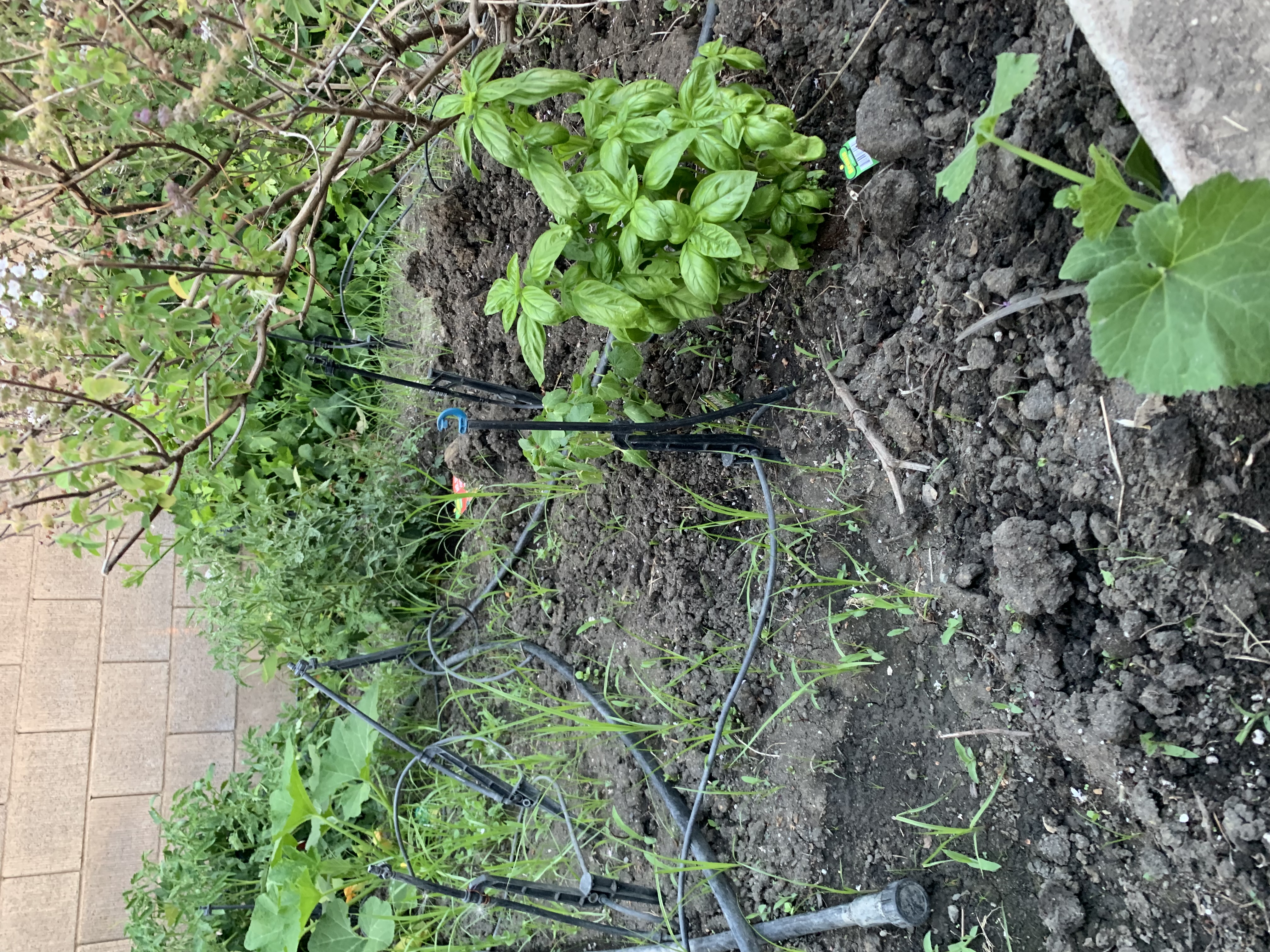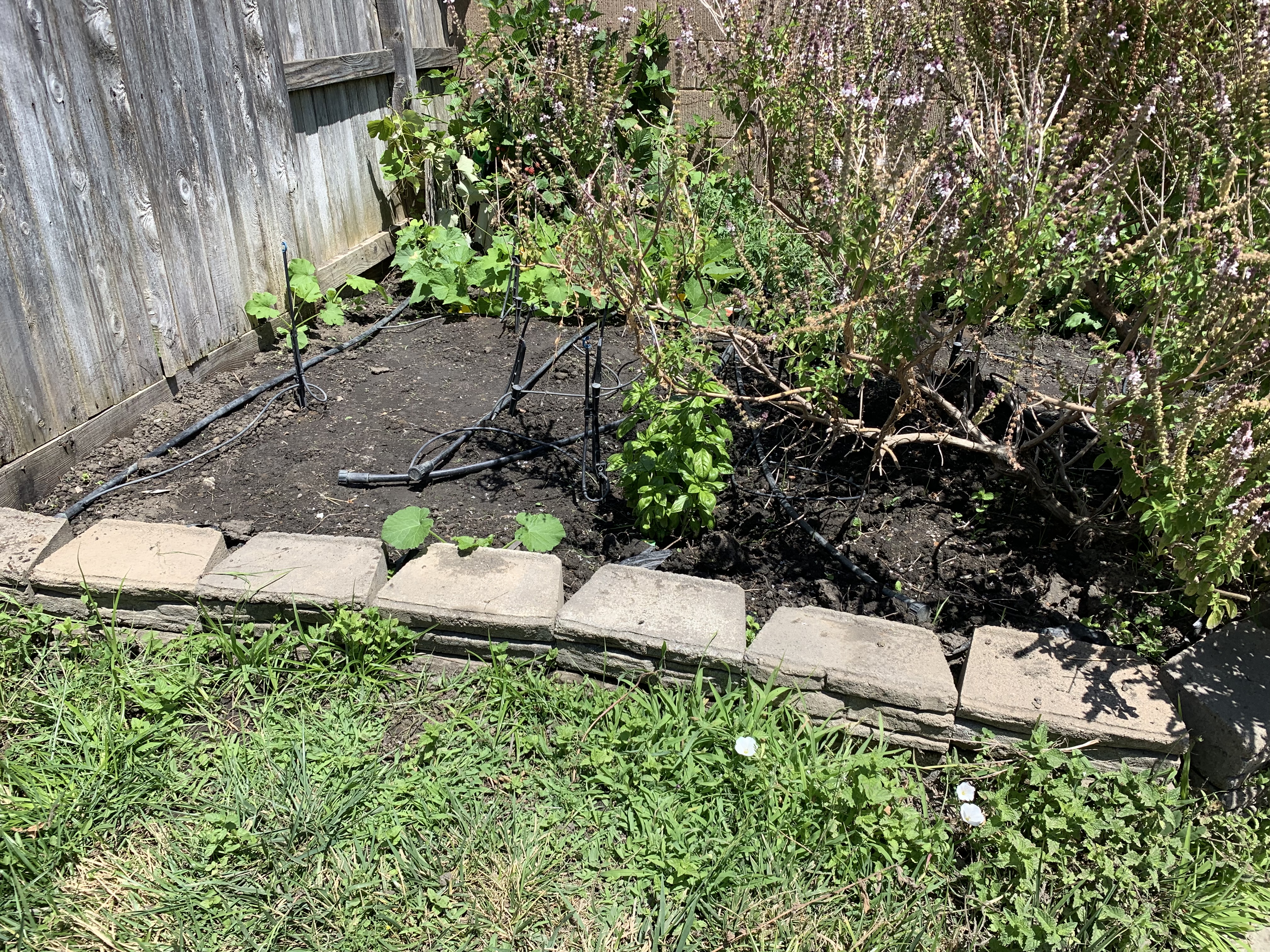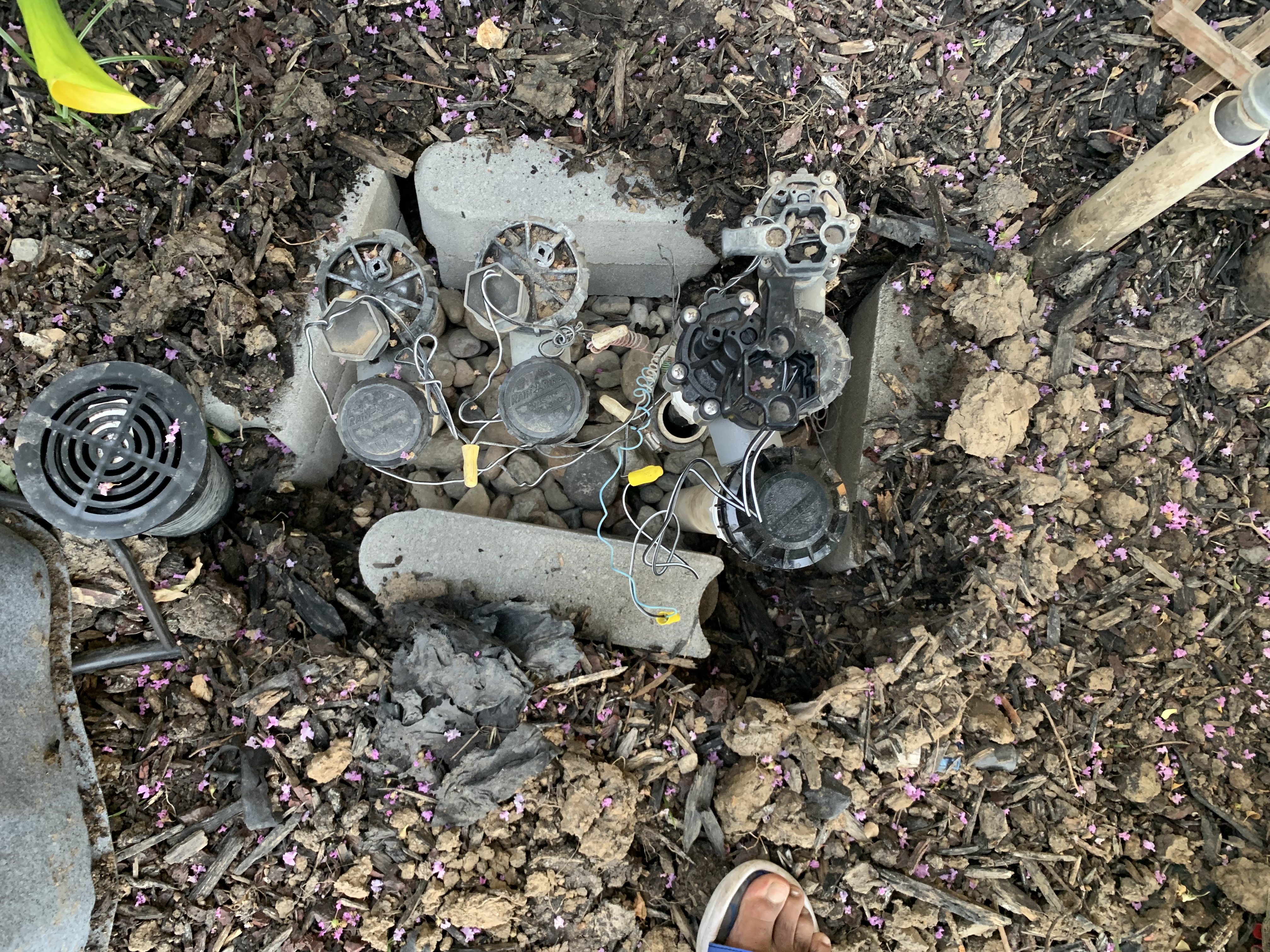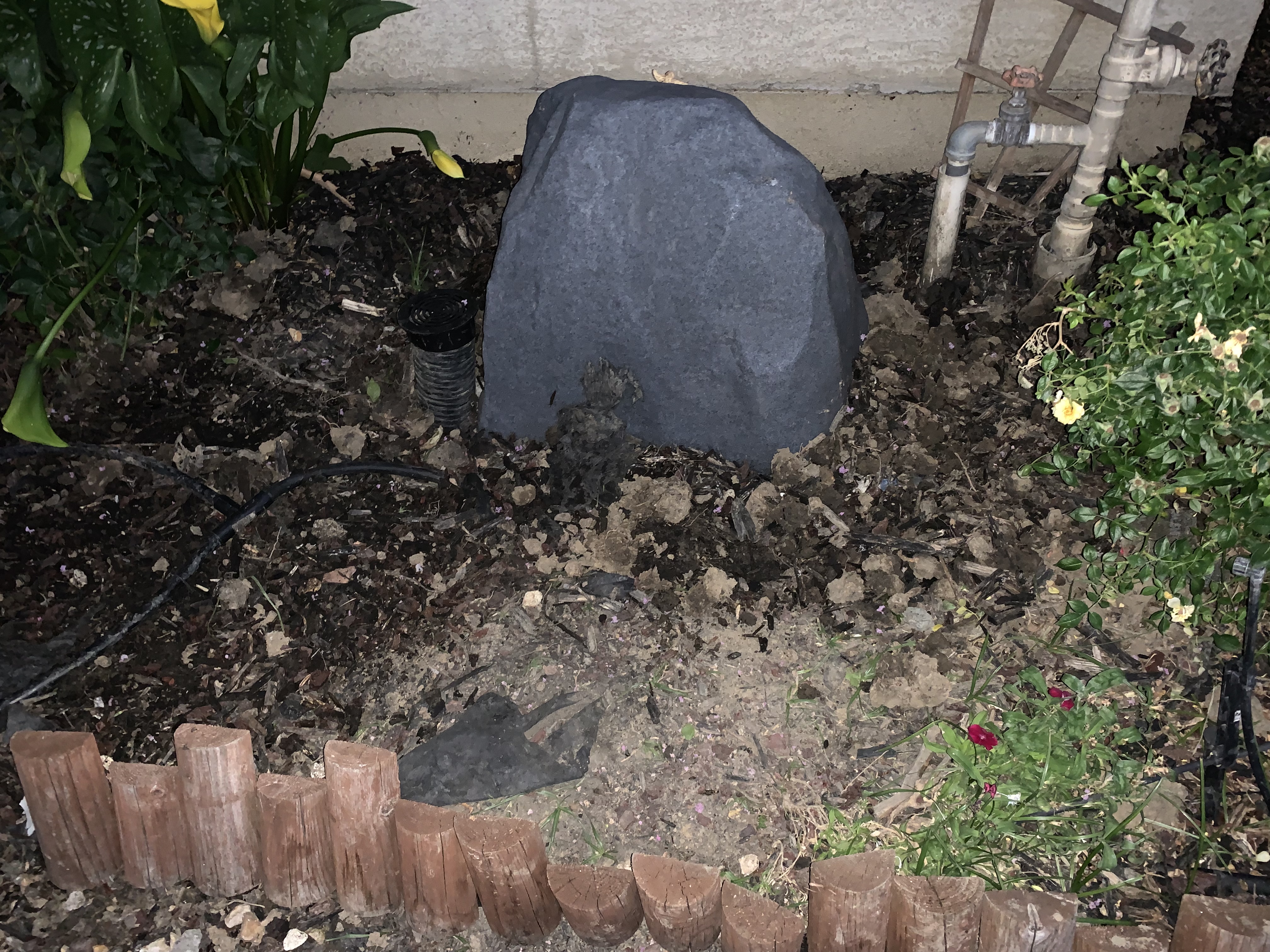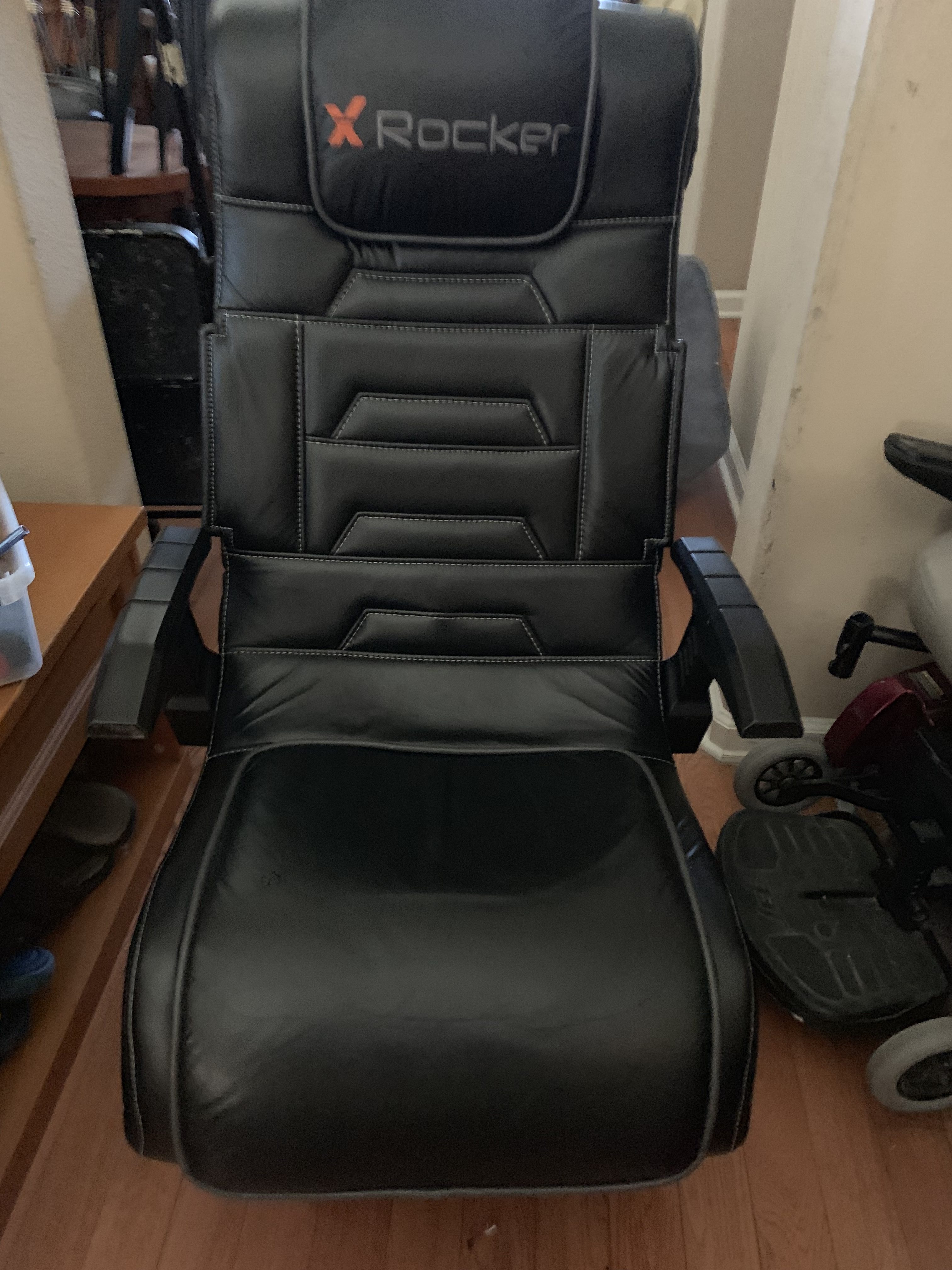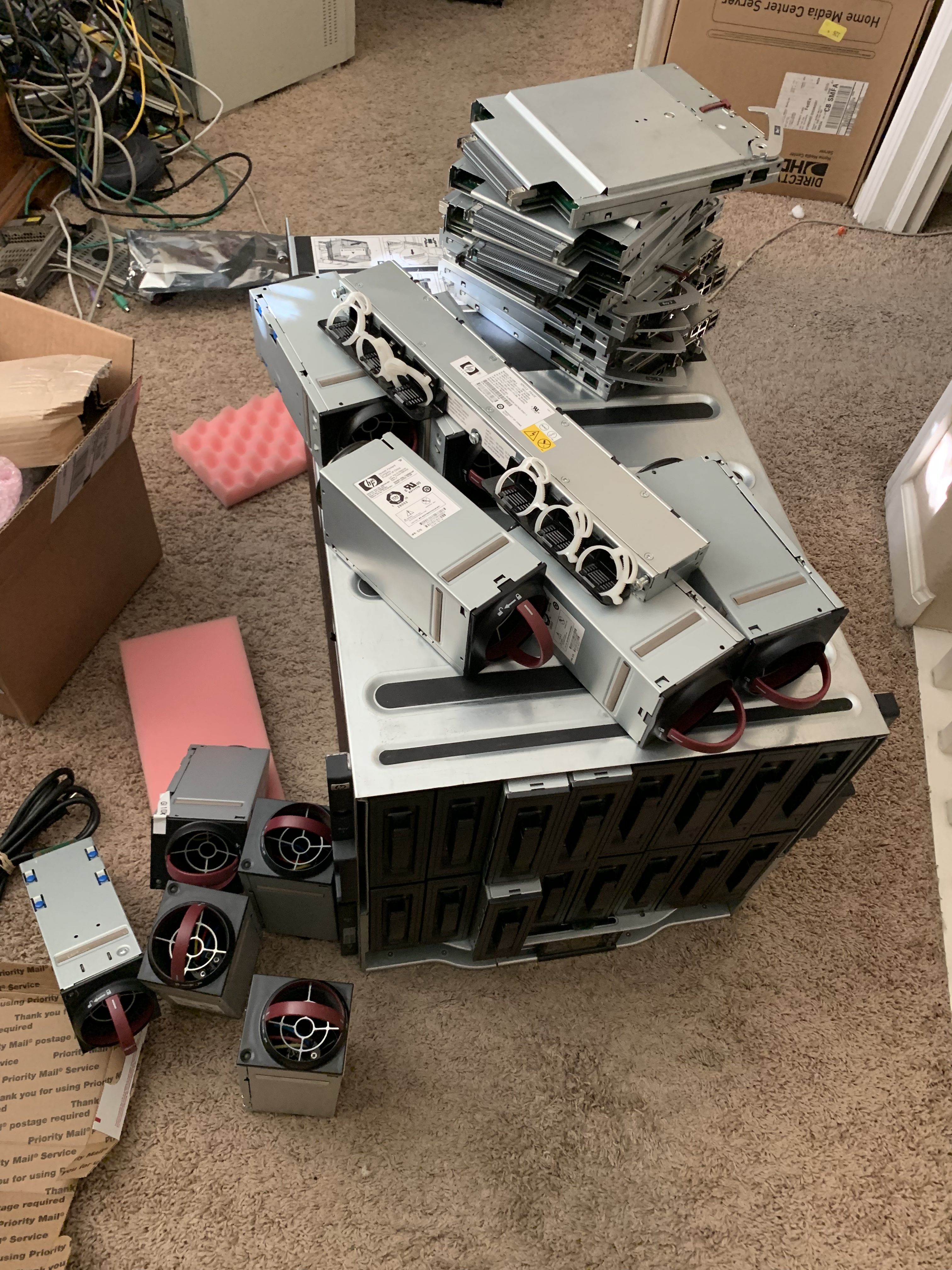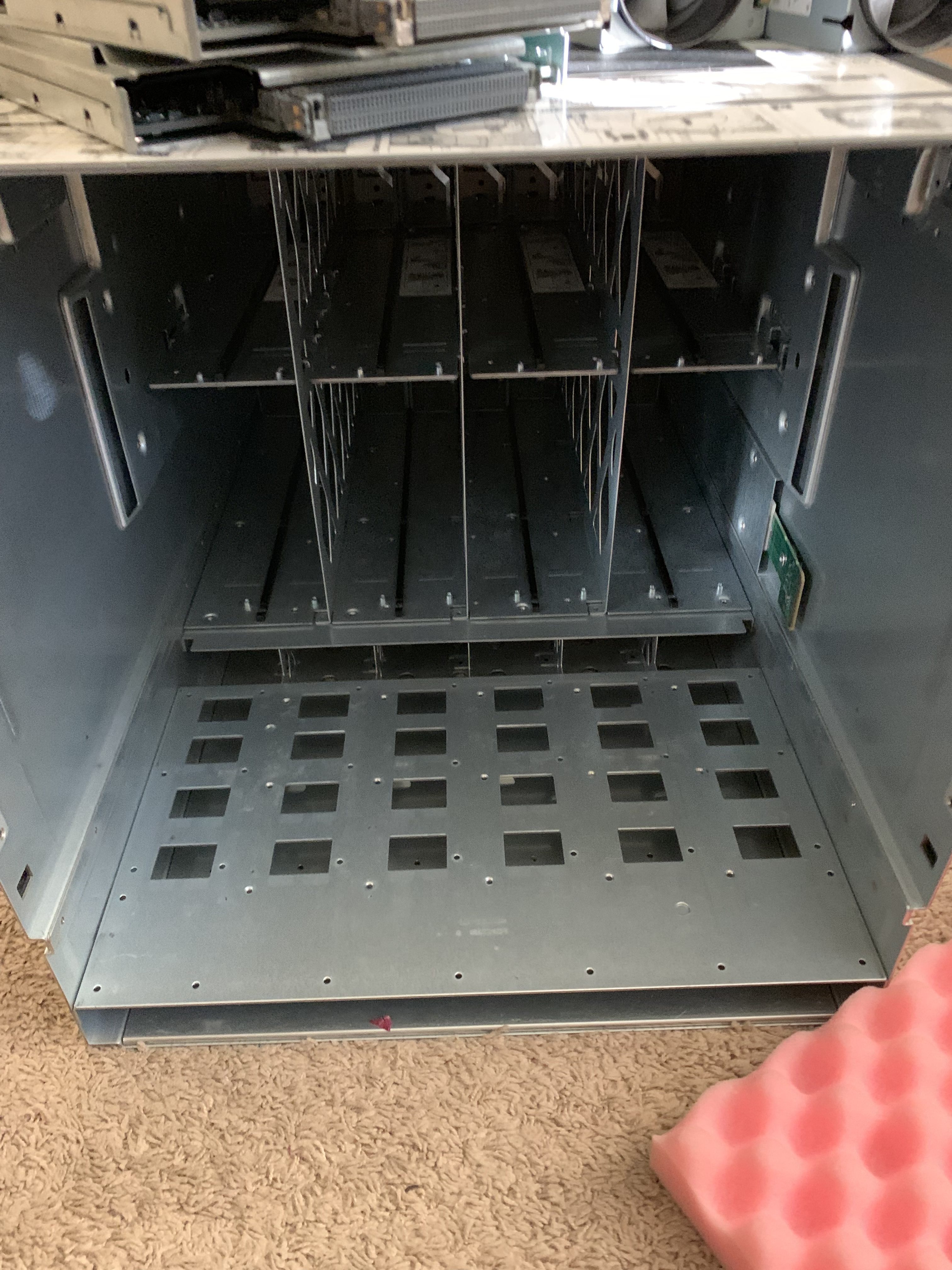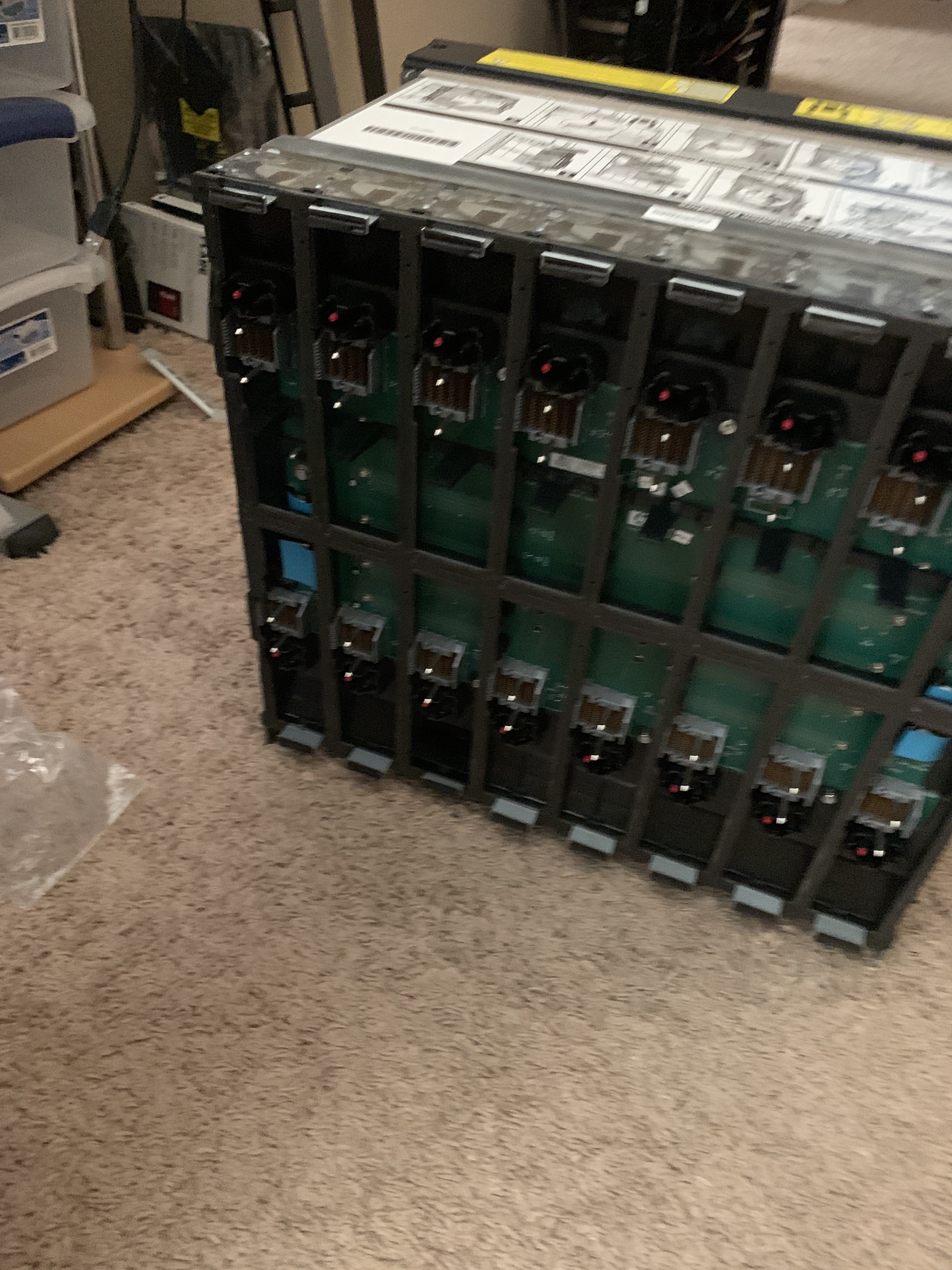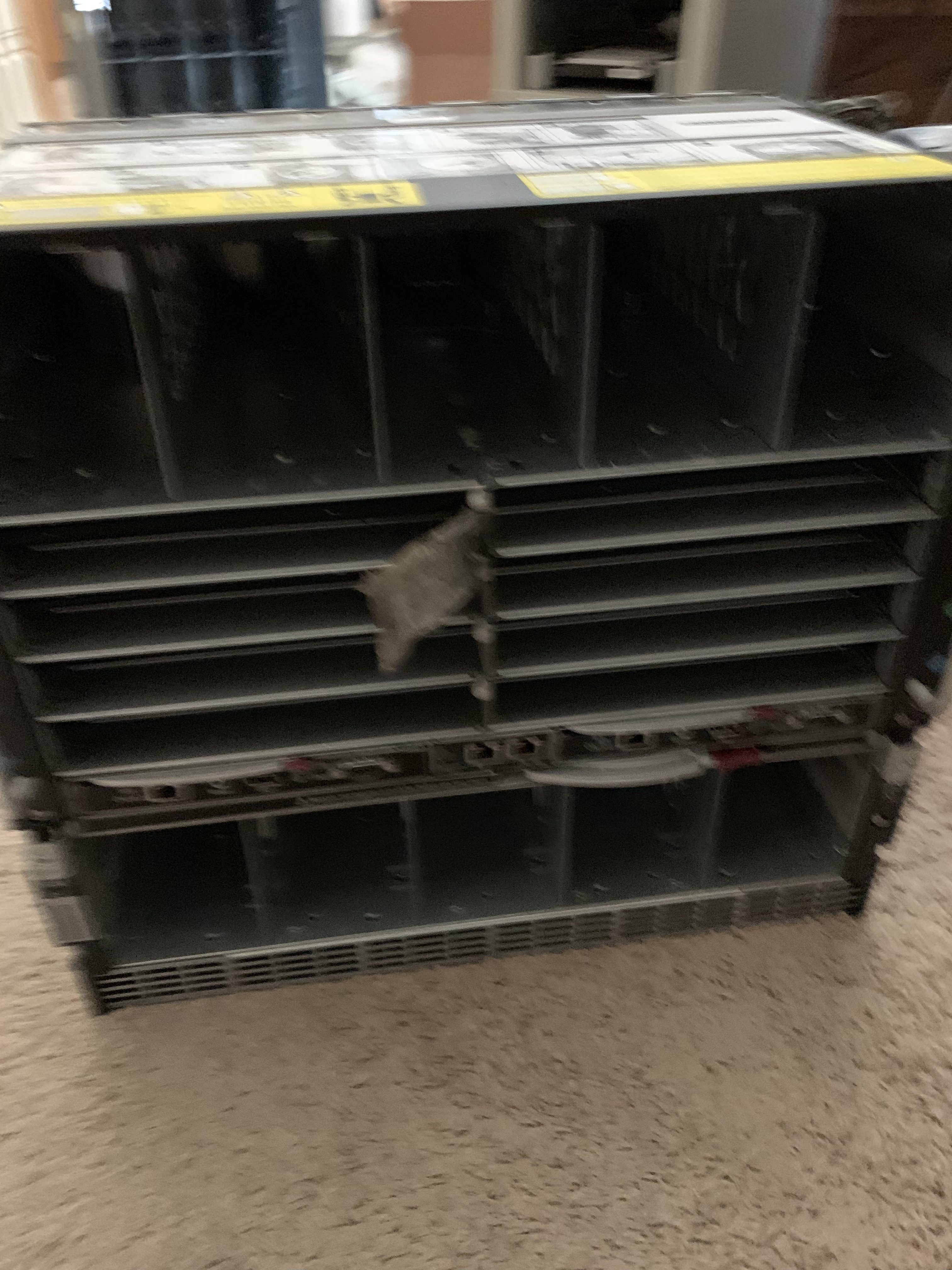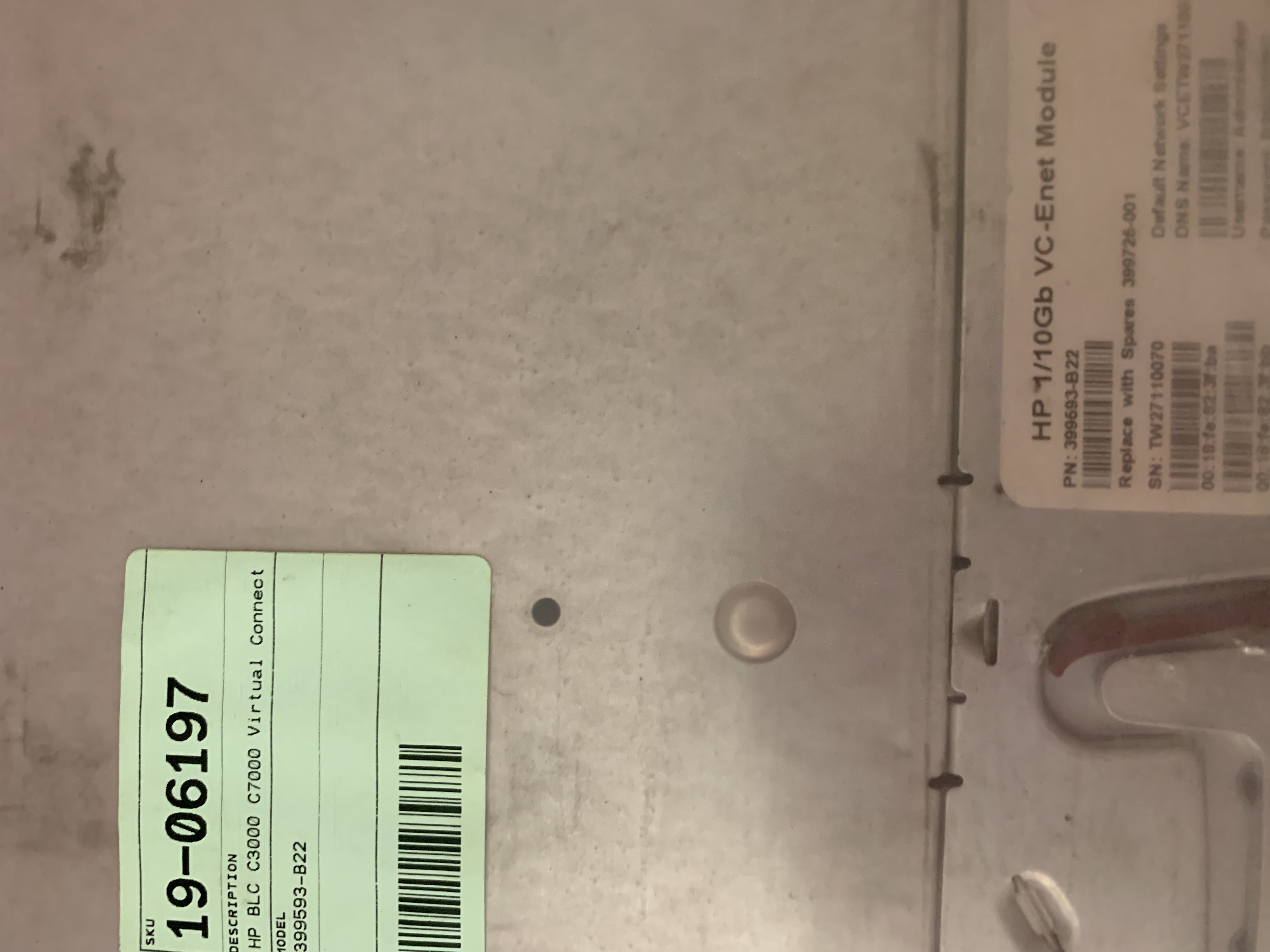I updated my seldom used Raspberry Pi 3 to Raspbian Buster dated 2020-02-13 which uses the 4.19 kernel to stream to my brand new Onkyo-TX-N696. After the sound went out on my Yamaha RX-V673 I needed another option and chose the Onkyo-TX-N696 because my older Onkyo-TX-N595 allows me to use and save custom streaming URL’s without using the major streaming services. I did some quick research and it seemed all streaming current receivers didn’t have the custom streaming URL option. Onkyo didn’t advertise this feature either but thought since the Onkyo-TX-N595 had it the Onkyo-TX-N696 had a good chance of having the option to add custom streaming URL’s plus the other new features AVR receivers have these days.
Well once hooked up I went through the Net streaming features that the Onkyo-TX-N696 had and didn’t see the custom streaming option. I called up Onkyo support and thankfully got a support representative who had been there a while and he said that custom streaming URL’s option isn’t on the new receivers and I was the first person he talked to in all the years of being there that wanted that option or he heard used the custom urls. With the Yamaha RX-V673 I used the Vtuner site to point to custom streaming URL’s like “Snakeice’s House of Beats” various music streams I added as bookmarks in the Yamaha RX-V673 receiver under “Net Radio”.
I was ready to take the Onkyo-TX-N696 back and get a new Yamaha 7.2 receiver once I found they didn’t have the custom streaming URL option. After talking to Yamaha support I found they no longer use Vtuner but Airable and no way to link to various custom streaming URL’s. I dug deeper into other current AVR receivers and still couldn’t find any current AVR receivers that let you enter custom streaming URL’s Now my only option with current AVR’s is to use a different streaming device like Sonos or Denon network streaming devices or do what I used to with my old Harmon Kardon before streaming receivers became a thing and stream from a PC or like device and connect via HDMI or optical from that device into the Onkyo-TX-N696. I decided to try my Raspberry Pi 3 I had laying around for the input streaming device.
The older version of Raspbian Stretch OS I had was having filesystem issues I would just <ctrl-d> past but I was able to test out with VLC. I then downloaded the new Raspbian OS performed straightforward dd installation of the image to my micro-SD card from my Fedora Linux workstation per Raspberry Pi installation instructions Placed my micro-SD card back into my Raspberry Pi 3 and came up with the new beautiful stable “Raspbian Buster with desktop and recommended software”.
Since the Raspberry Pi 3 only has one HDMI output I had to get a 2 output HDMI splitter (with 4k and HDR which wasn’t required )from Rocketfish. I had tried using USB outlets from the Raspberry Pi 3 with some older USB external sound devices I had laying around but the OS didn’t recognize them without some additional configuration in the Raspian OS and I didn’t want to have to hang an additional 2 devices off my new stereo plus additional customization when I shouldn’t have to hang any devices off a new AVR receiver to get the functionality I had for the past 6 or 7 years from the Yamaha RX-V673 7.2 and currently have on the older Onkyo-TX-N595 5.2 currently that I use for the backyard. I have other more important projects to get done.
Anyhow now I’m all setup with the Raspberry Pi 3 with VLC streaming my Snakeice’s House of Beats then having the HDMI output of my Raspberry Pi 3 go through the Rocketfish splitter with one output to the stereo and the other to my monitor for initial setup (until I find my TV’s remote).
All this hassle because modern AVR’s are herding us into large streaming providers to get our music if we want to stream music. I am very impressed with the Debian flavored Raspbian OS for these types of Desktop uses. I ordered the Raspberry Pi 4 and will play with that some more and that has 2 micro-HDMI outputs, more RAM and a more powerful CPU.
I will also fix my sound on my Yamaha RX-V673 7.2 or most likely have this local place here in Sacramento who fixed my Harmon Kardon fix it since I have other projects stacked up, will cost a bit but it’s worth it to me. Now I have VLC enabled and ready on my Raspberry Pi 3 and can once again control my music from anywhere since my Onkyo-TX-N696 is controllable via mobile and PC as well.
Time to stream and listen to some music from Snakeice’s House of Beats!





